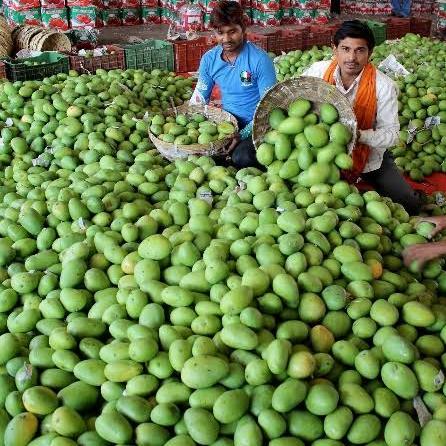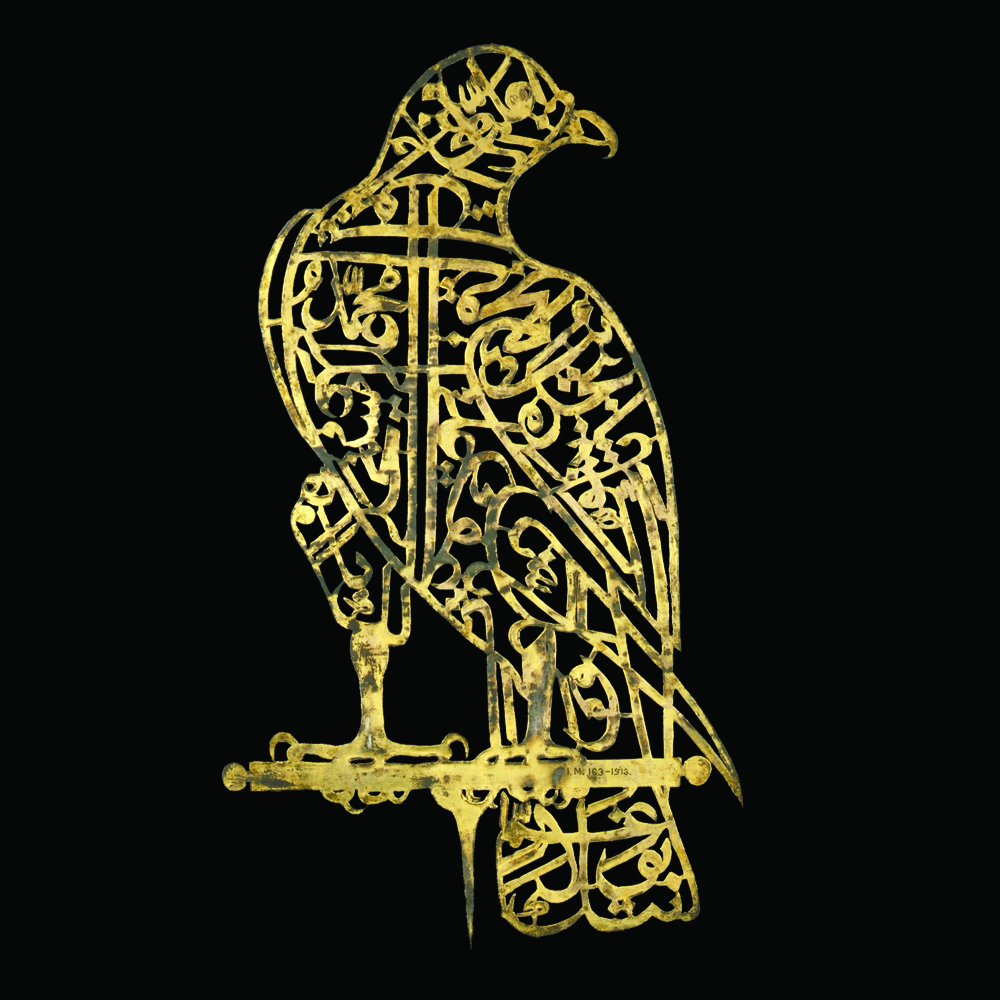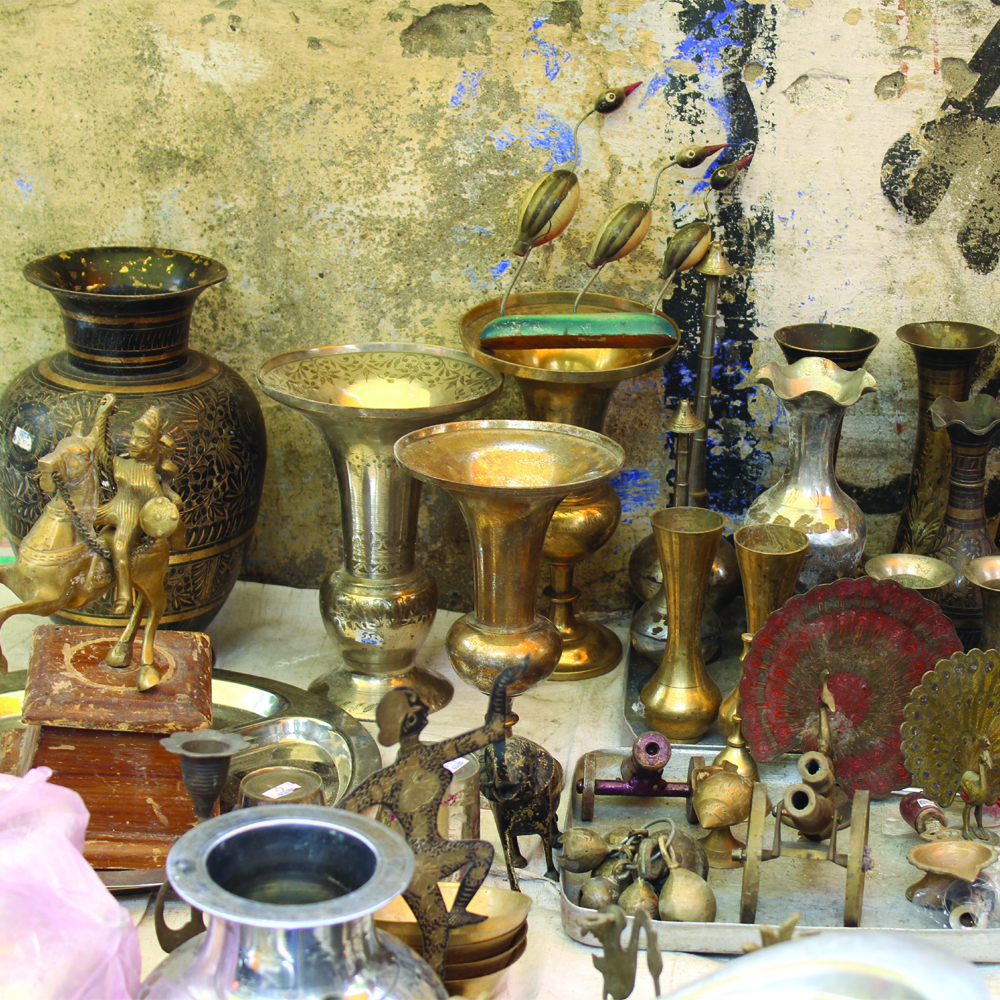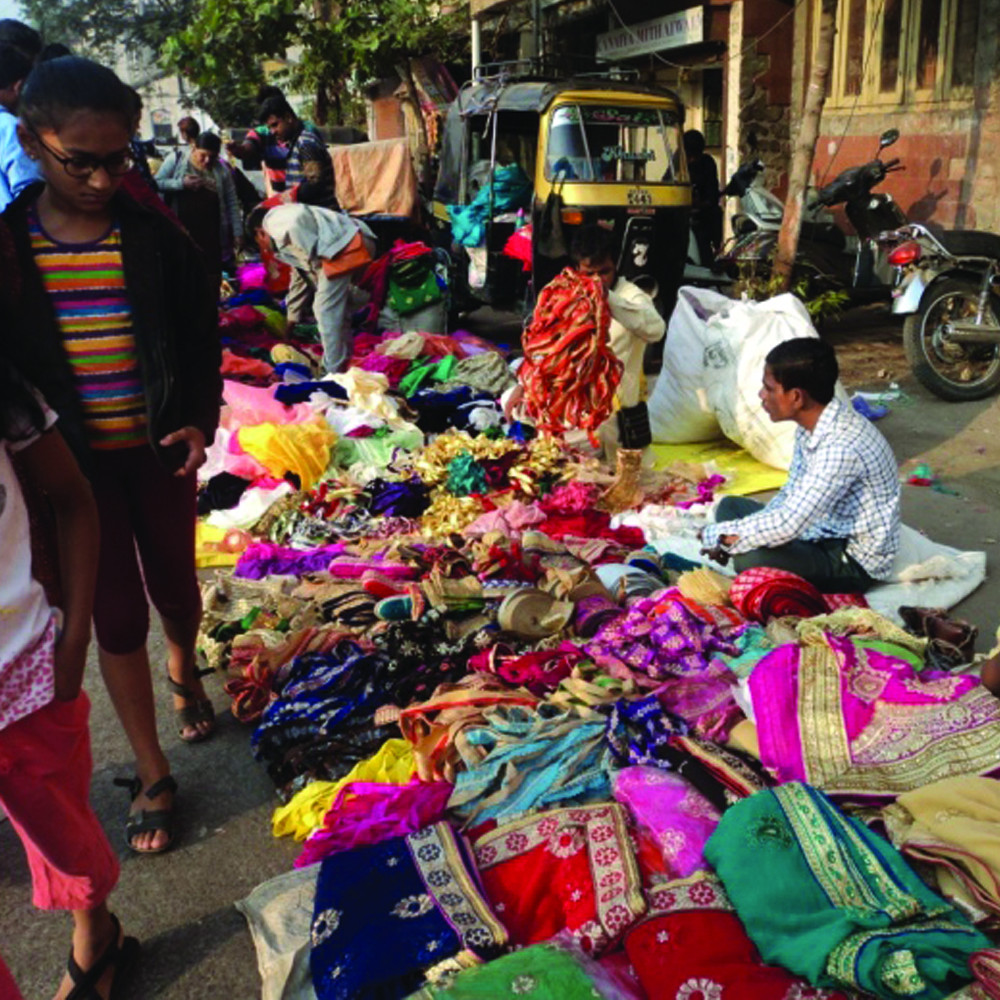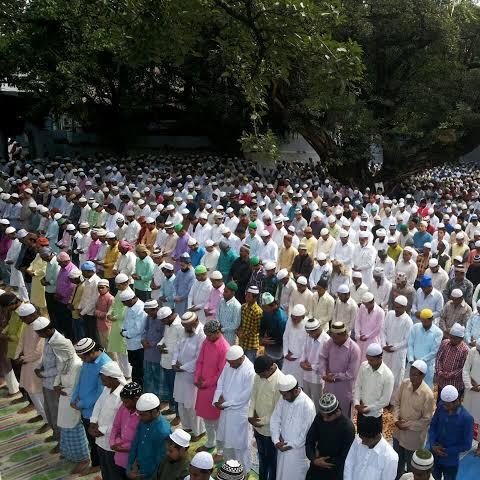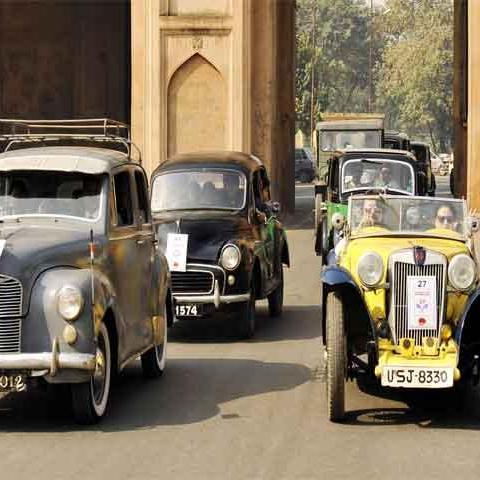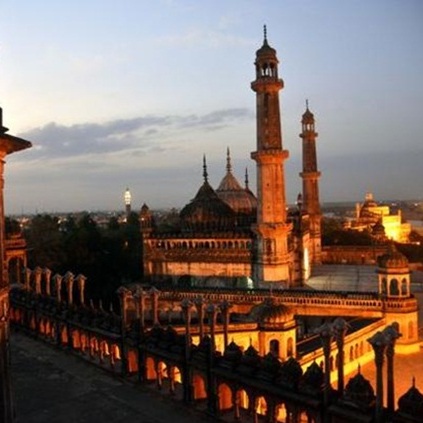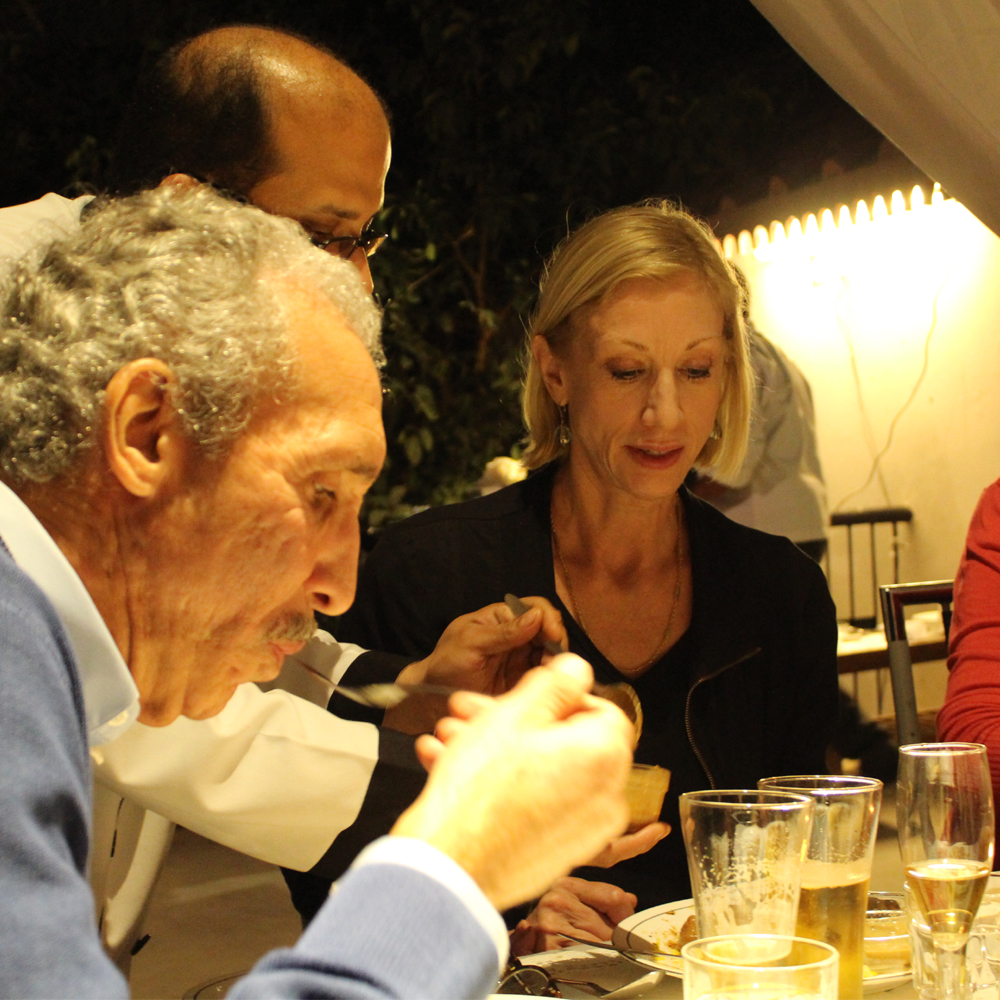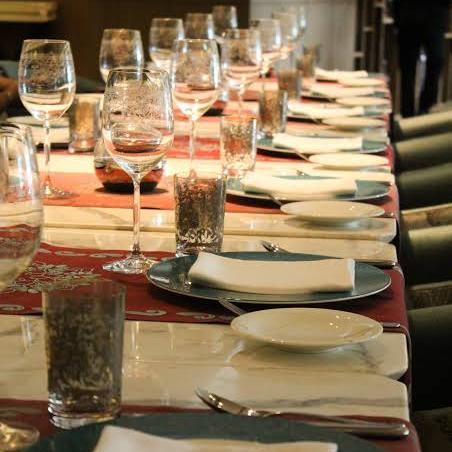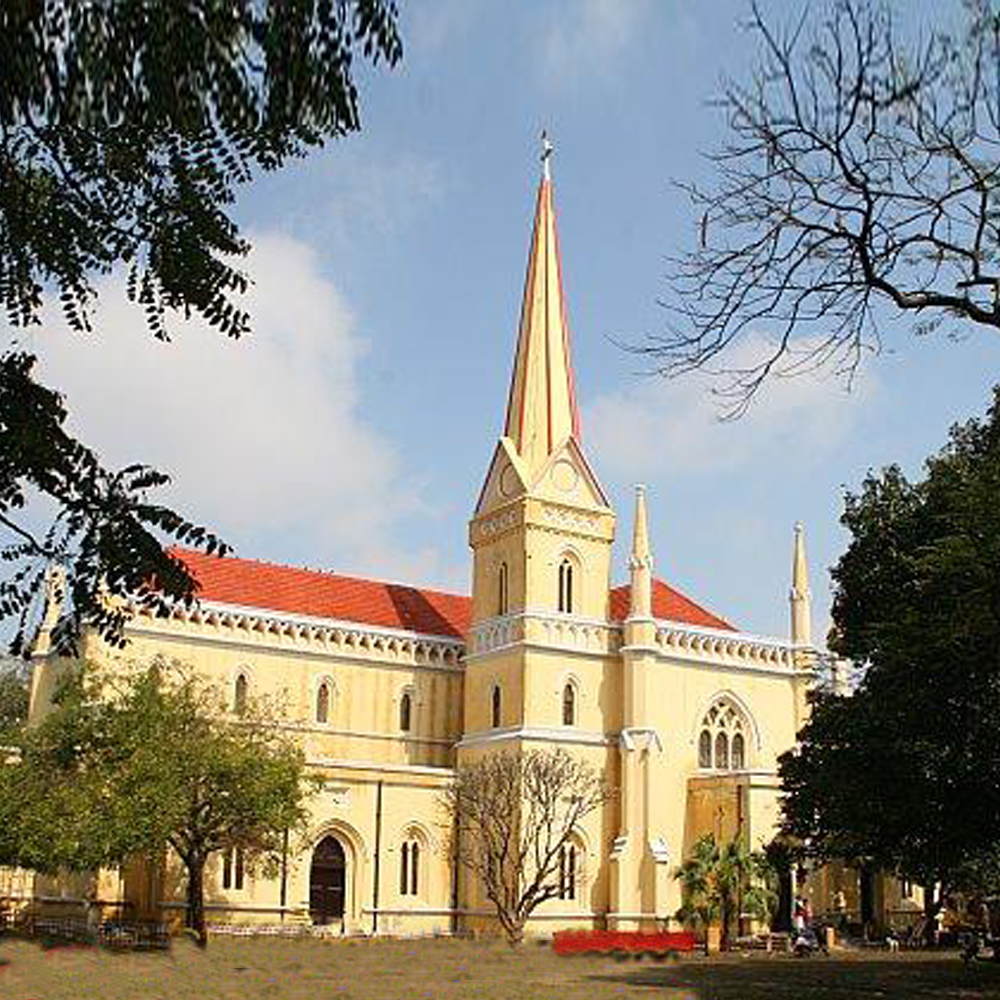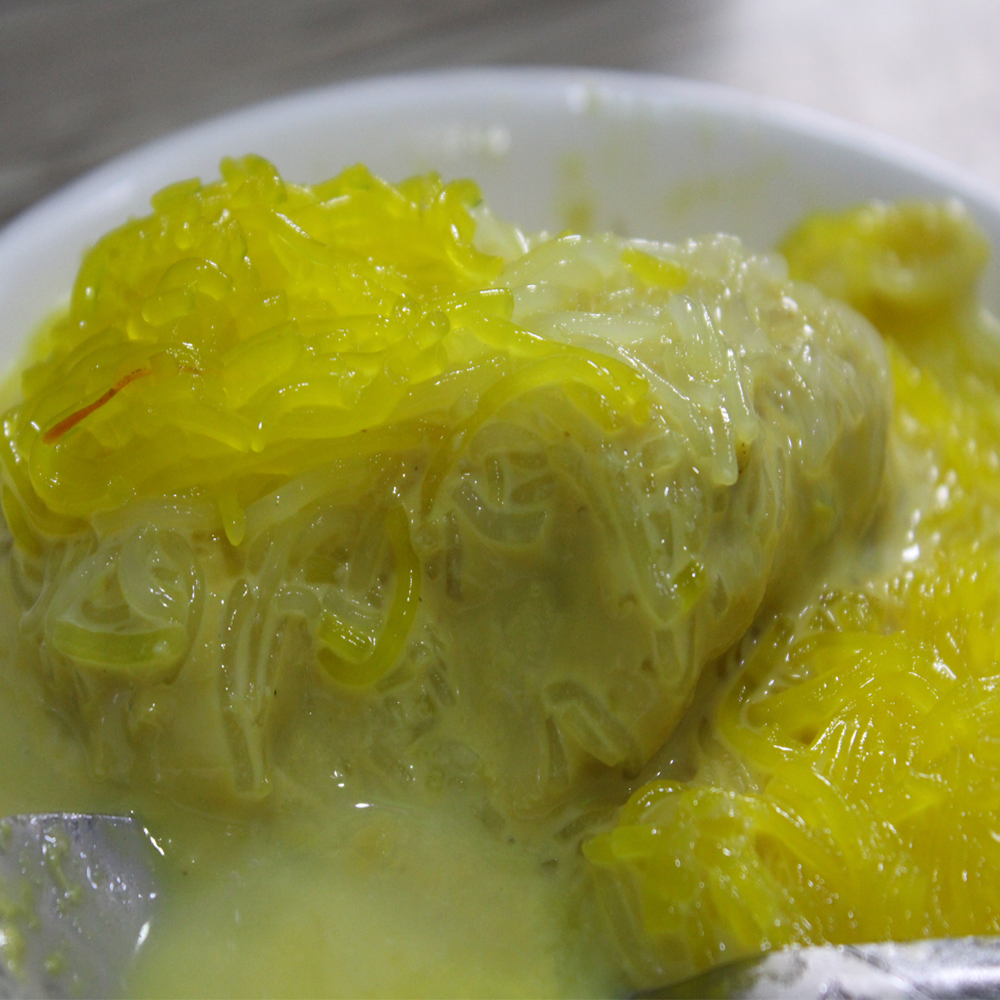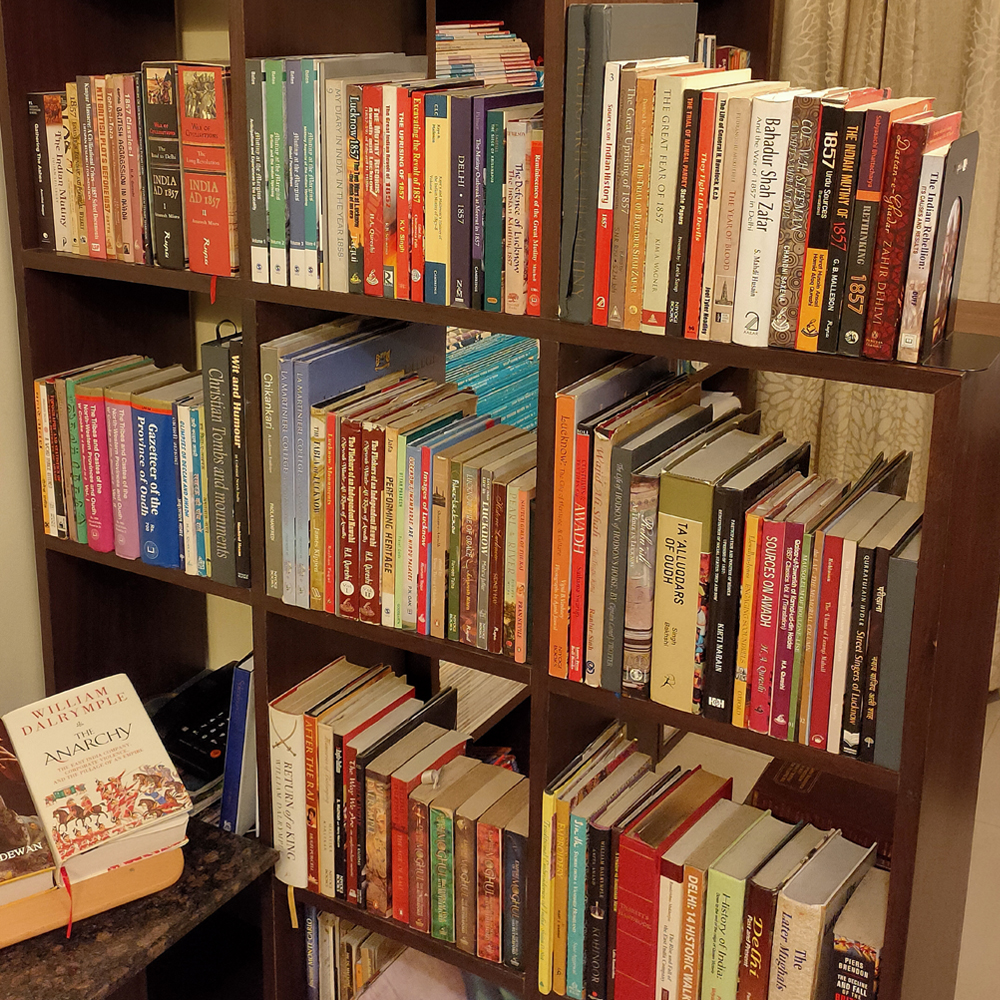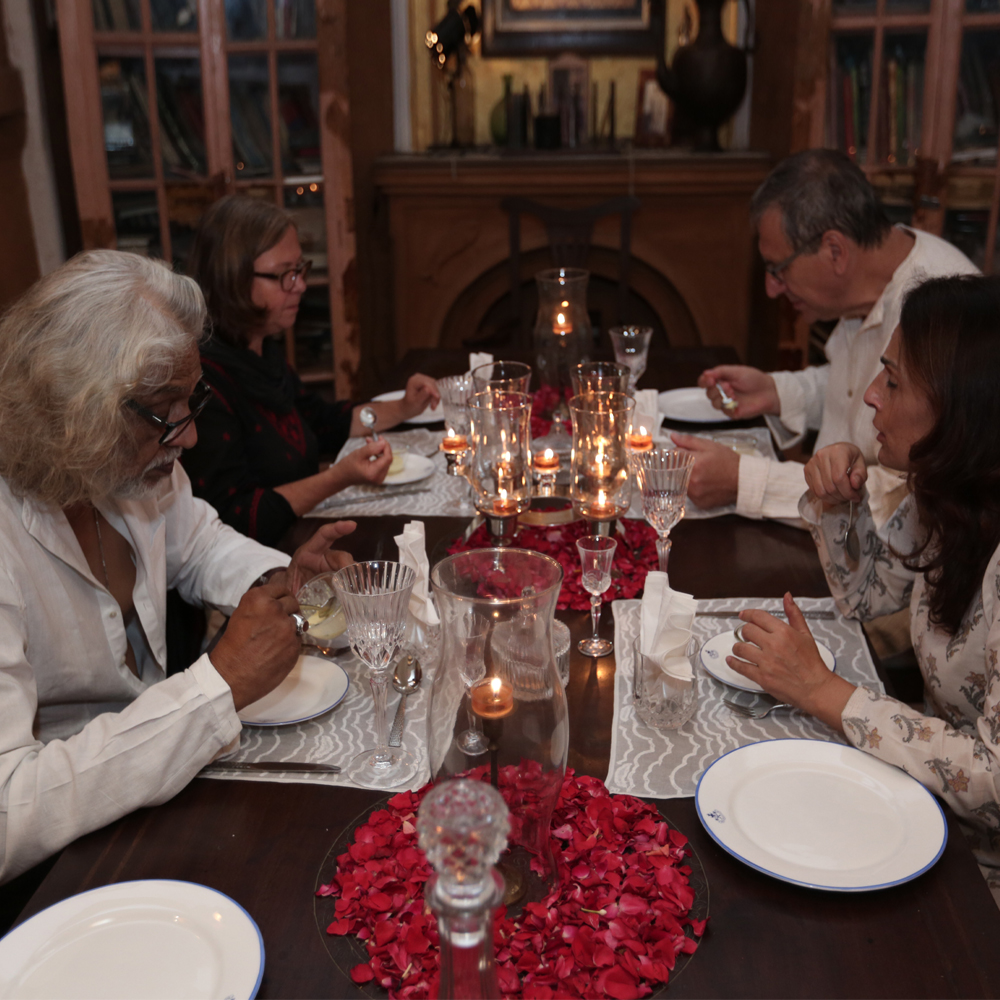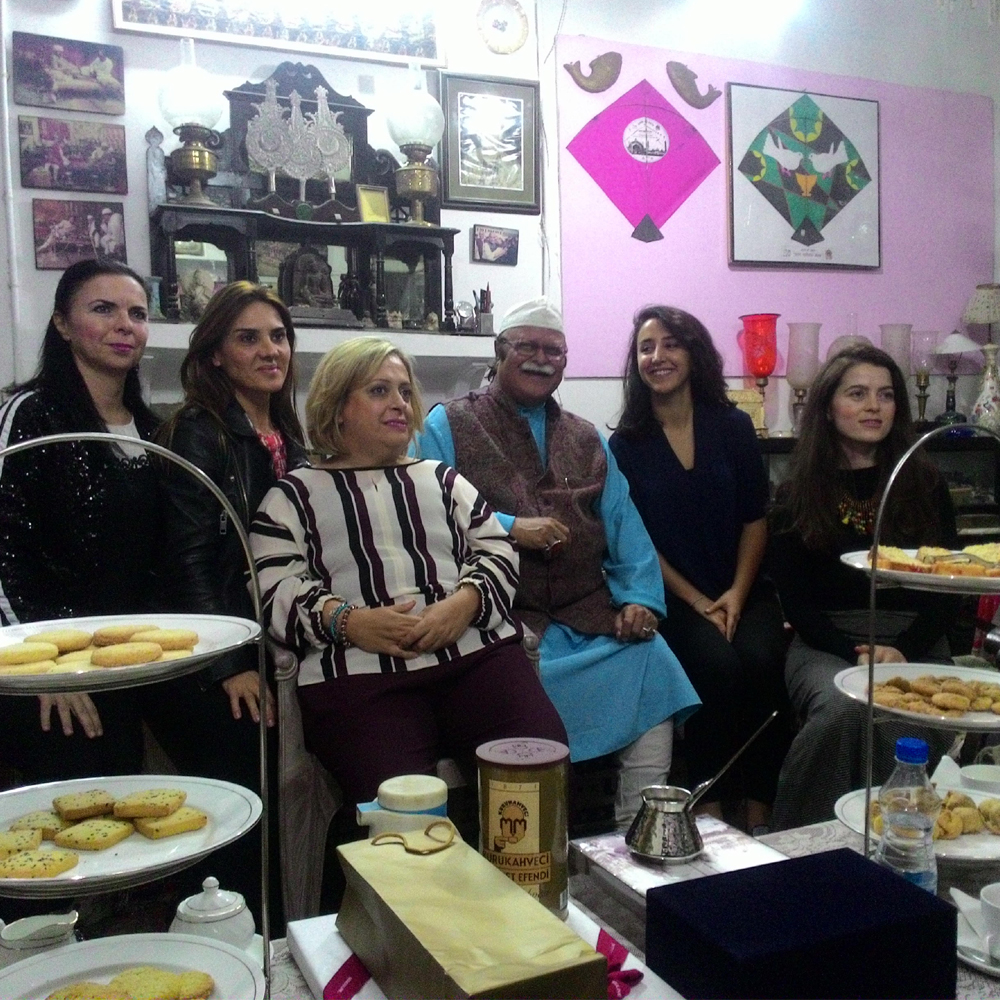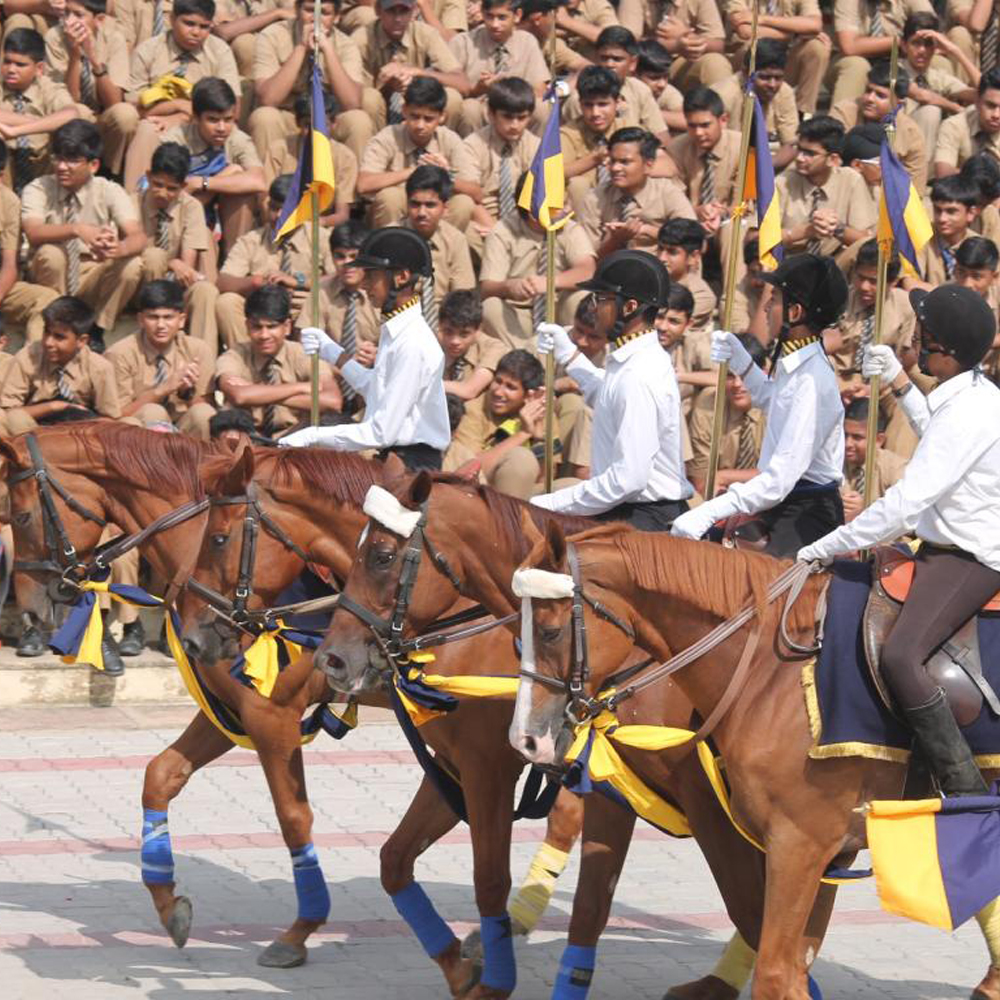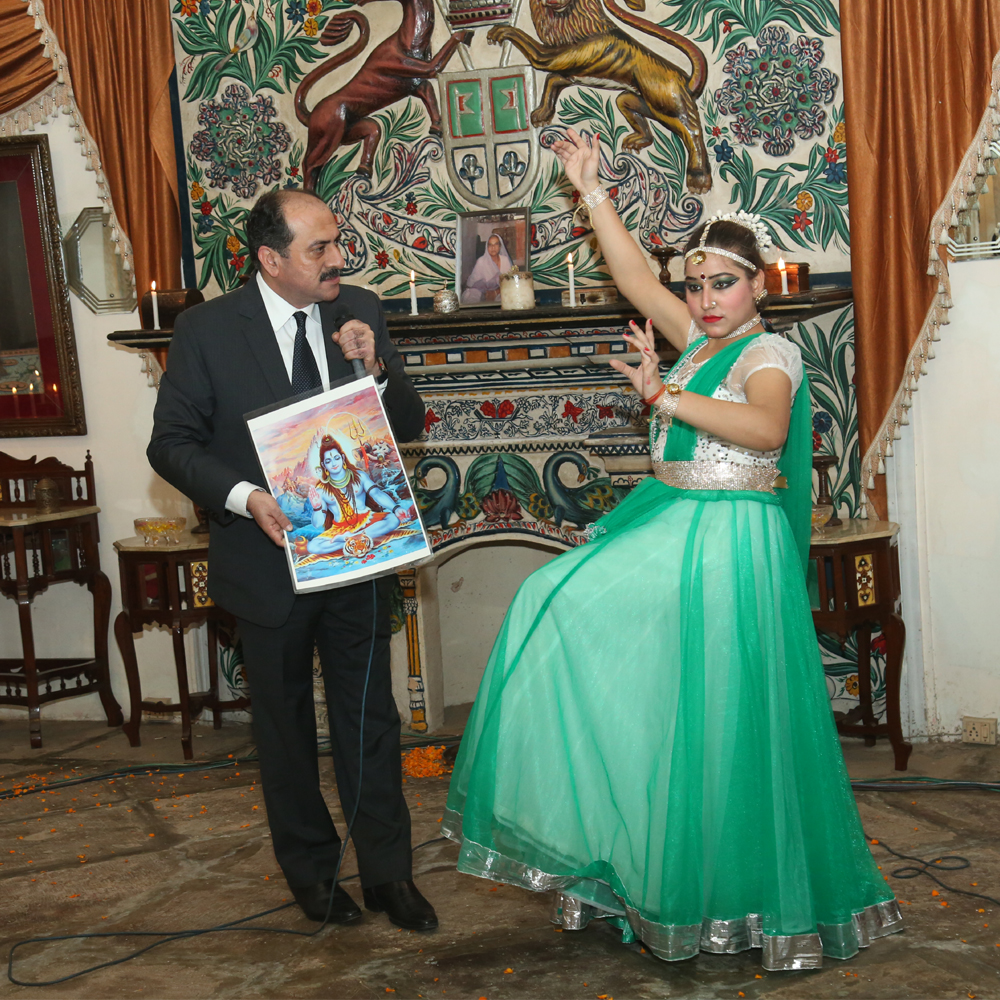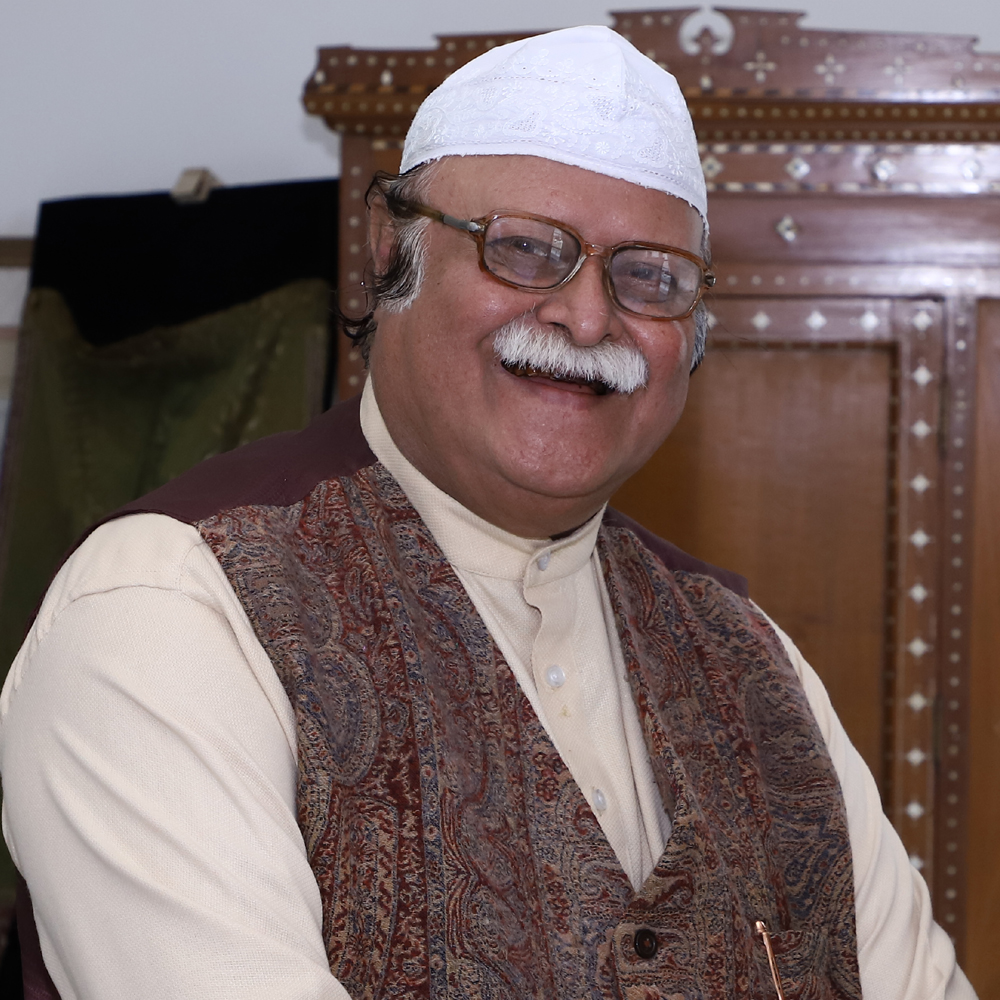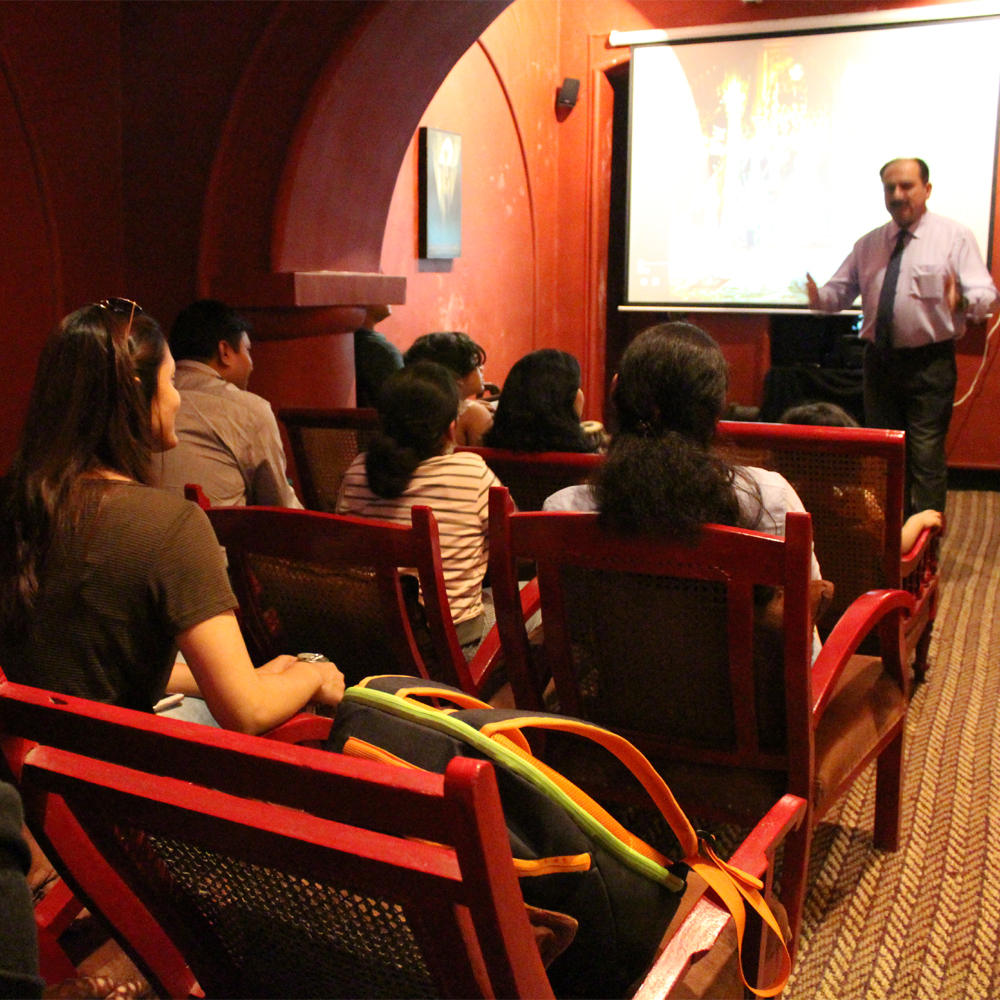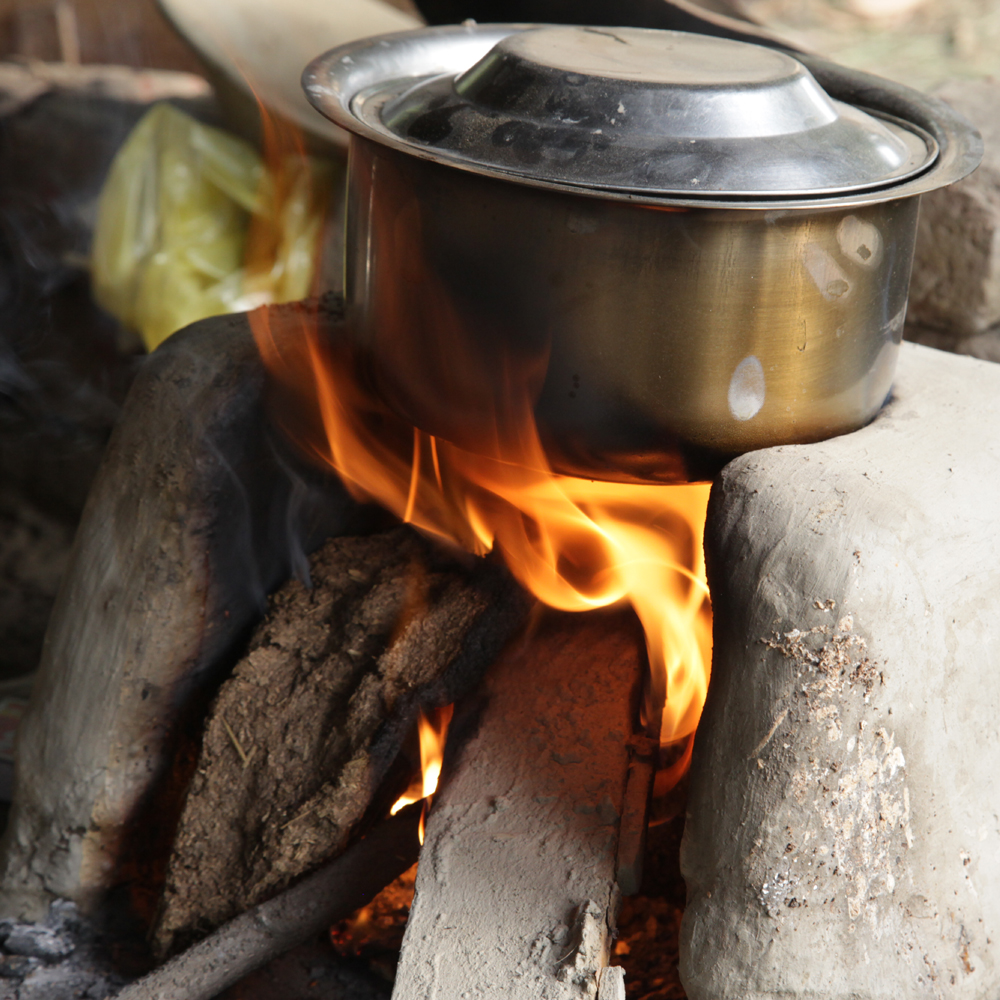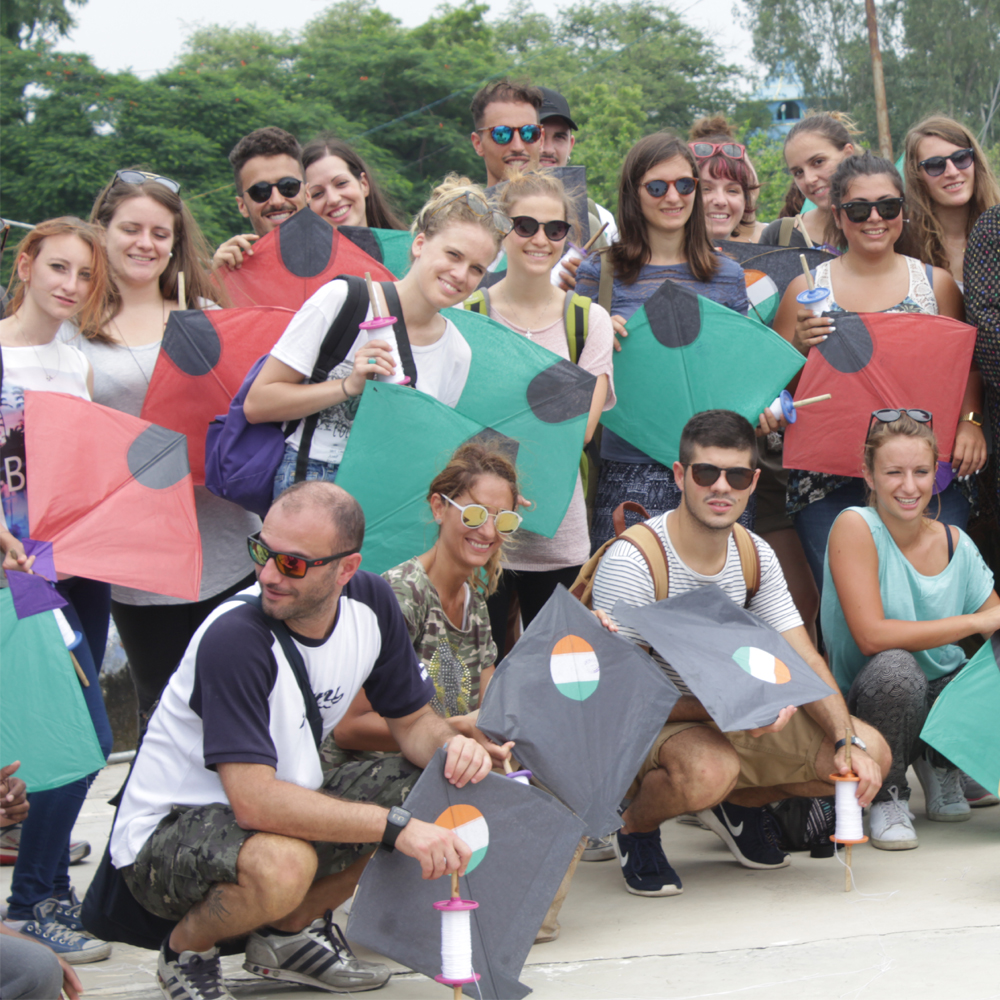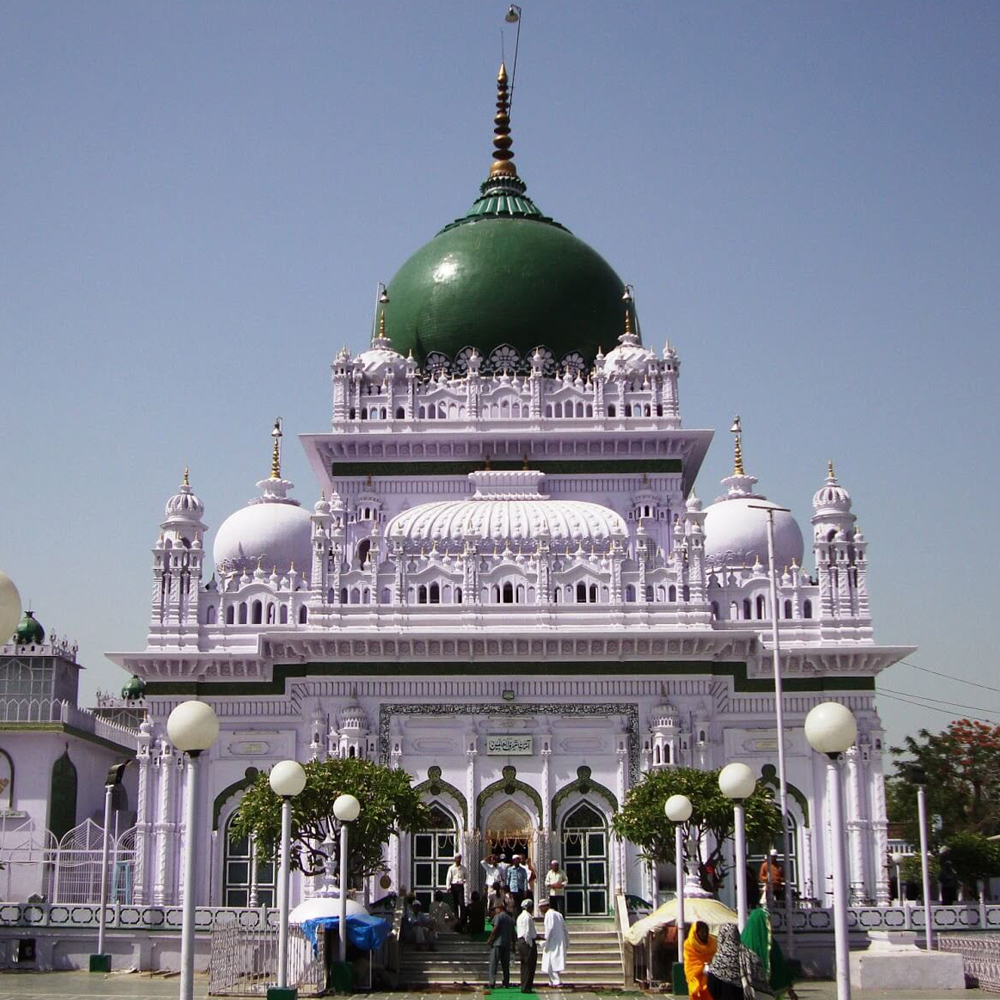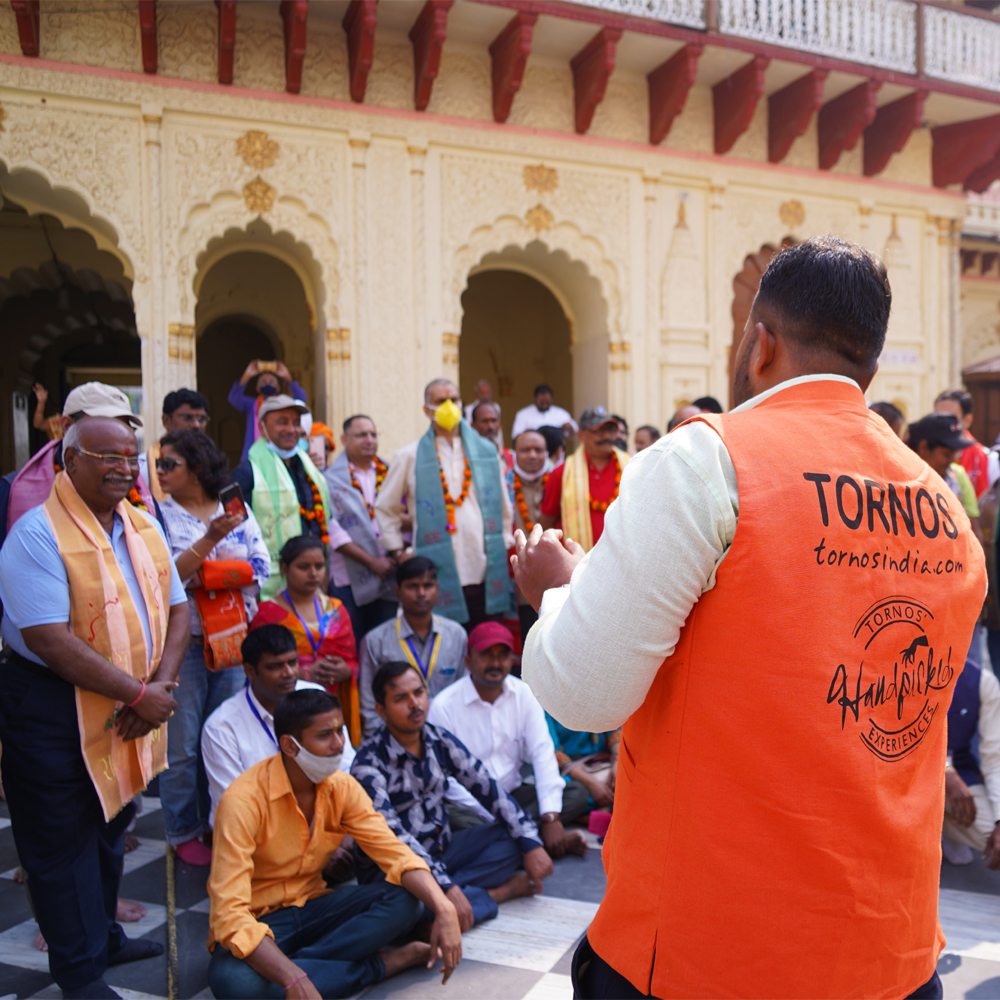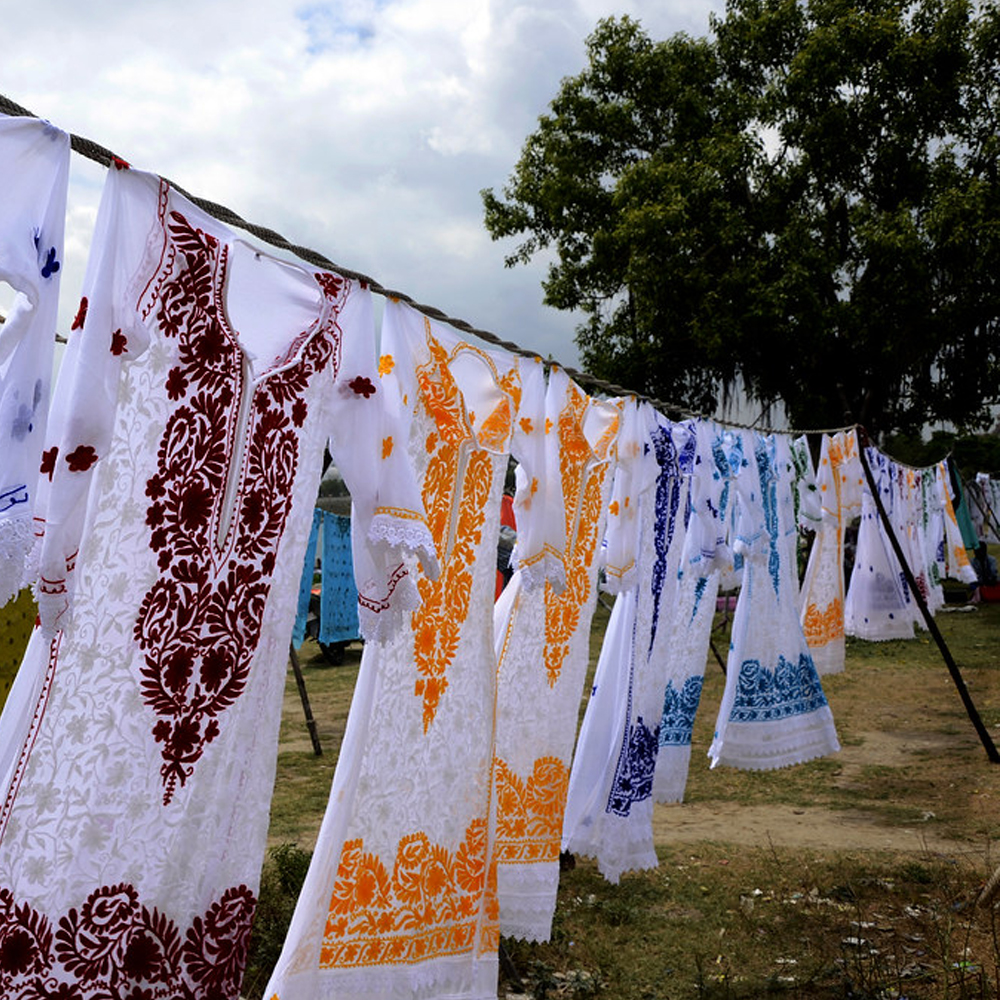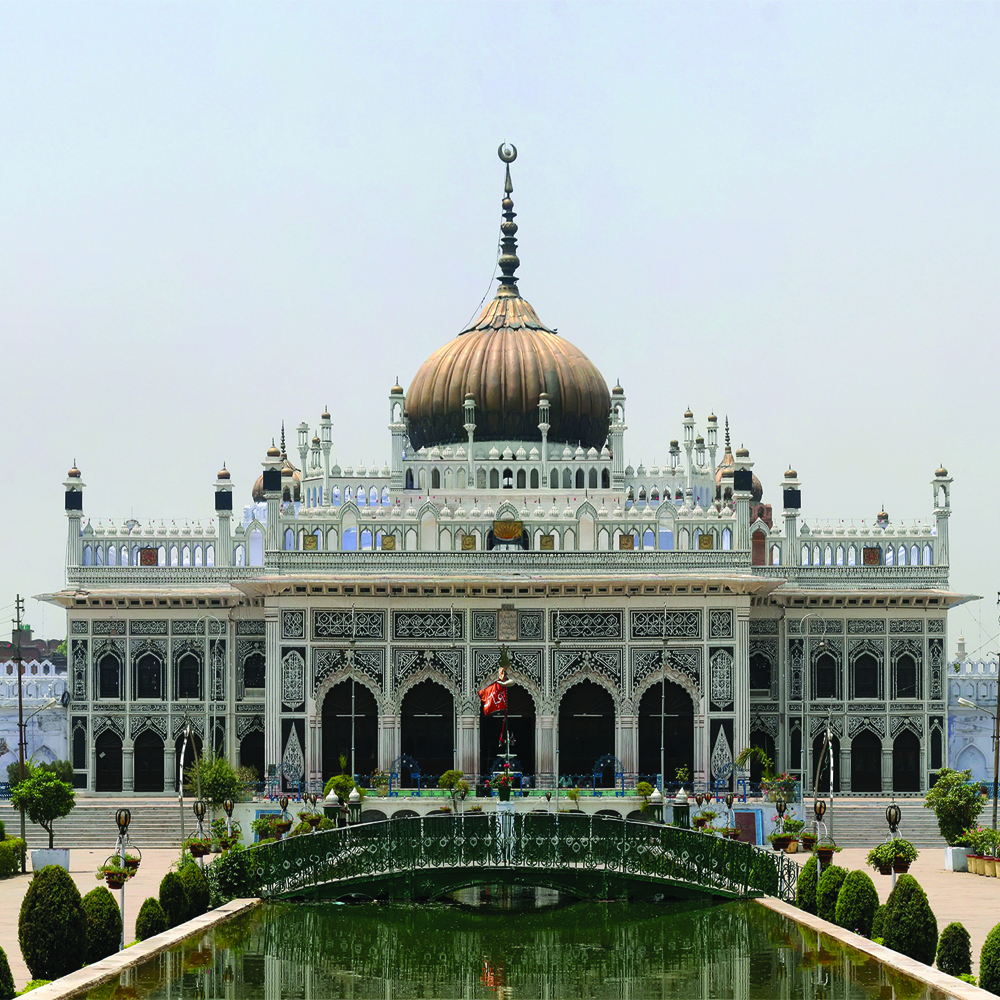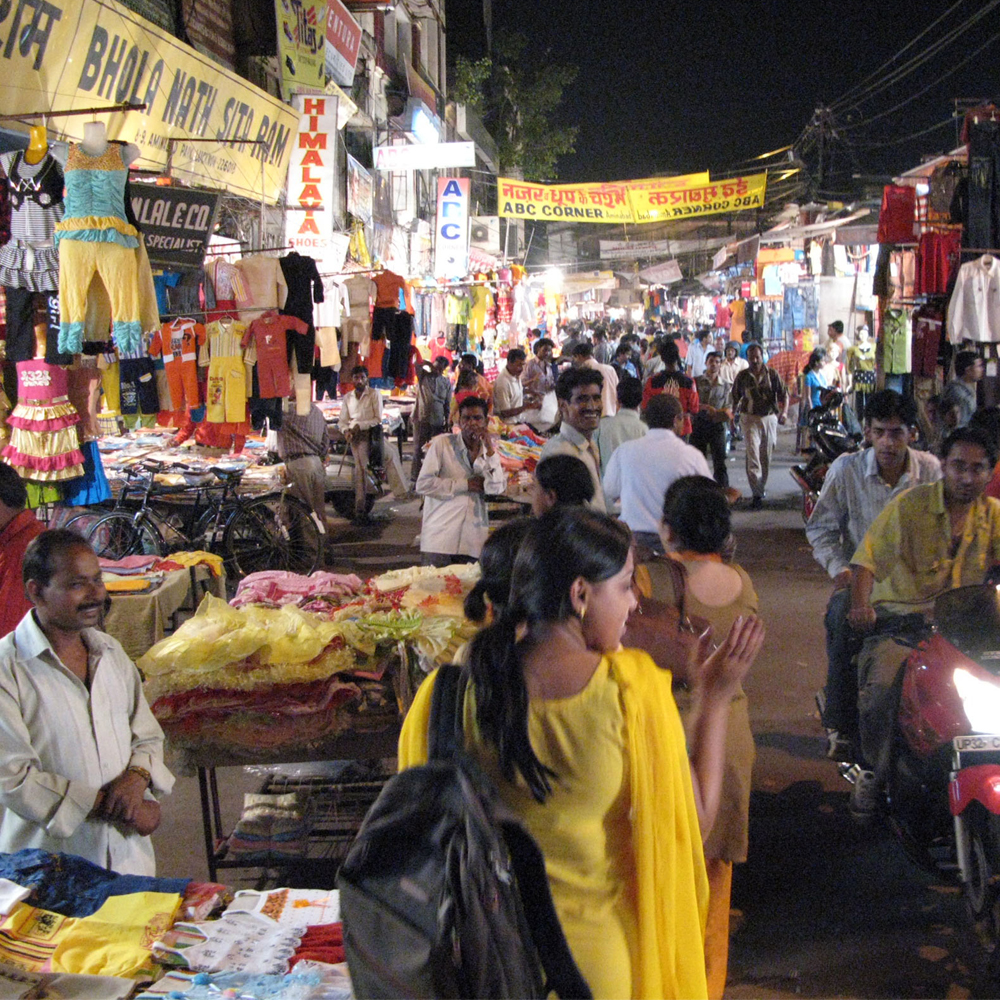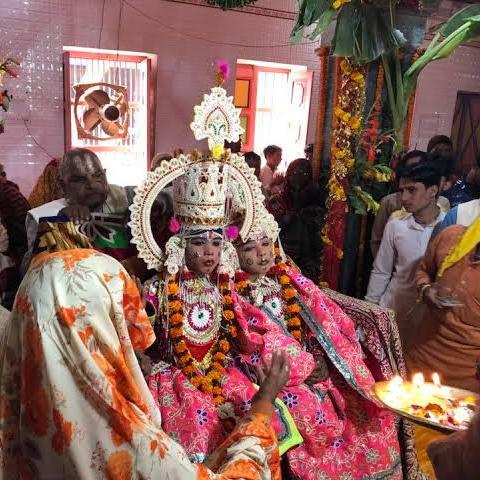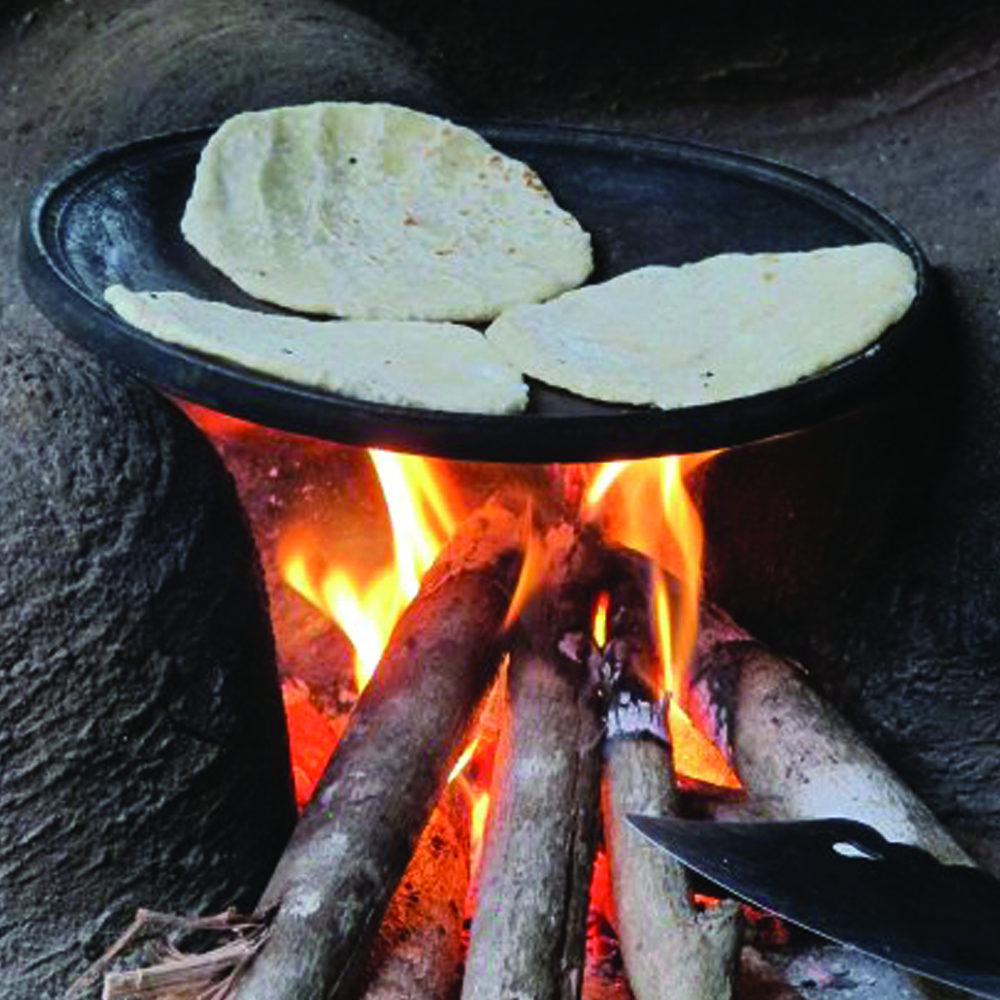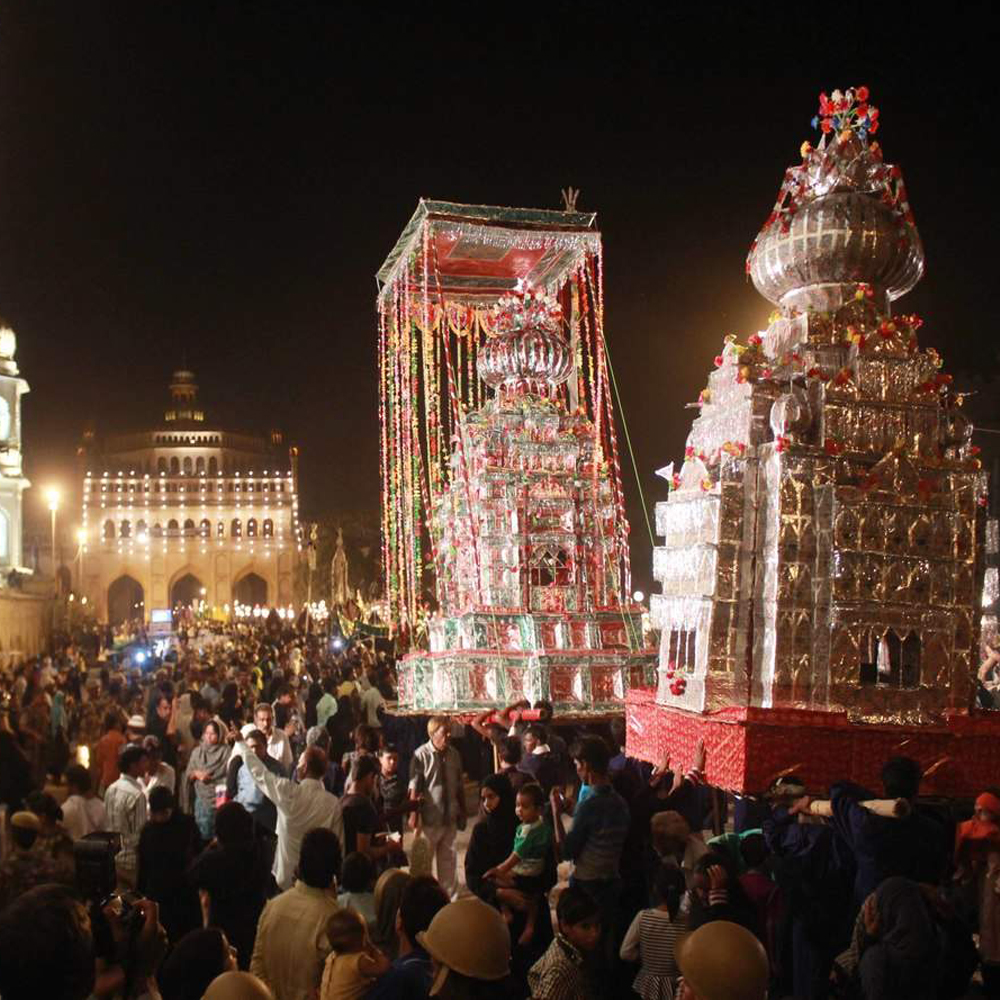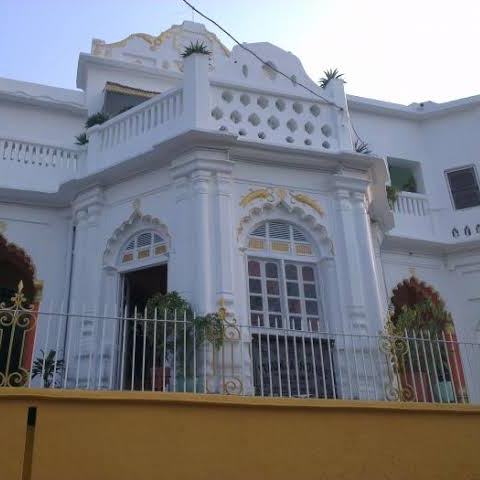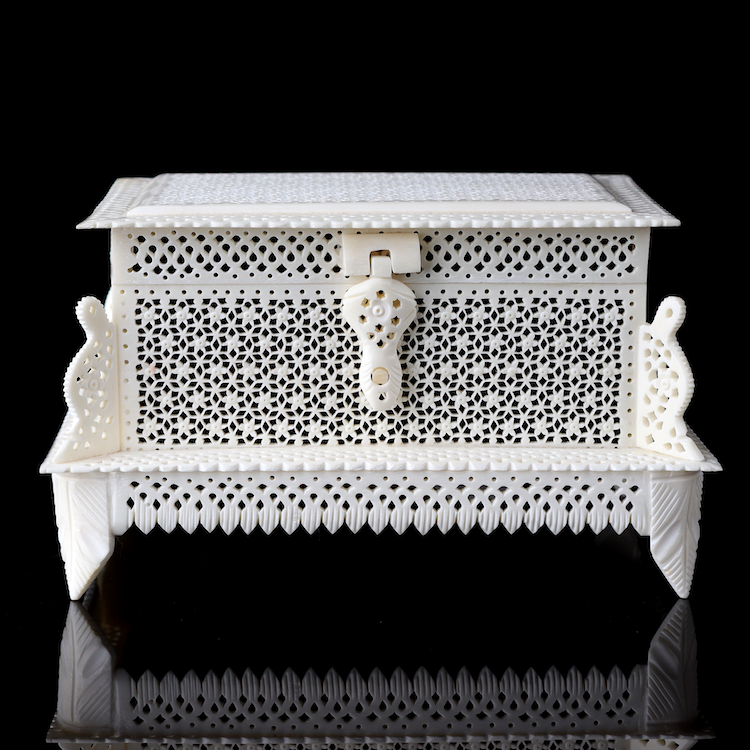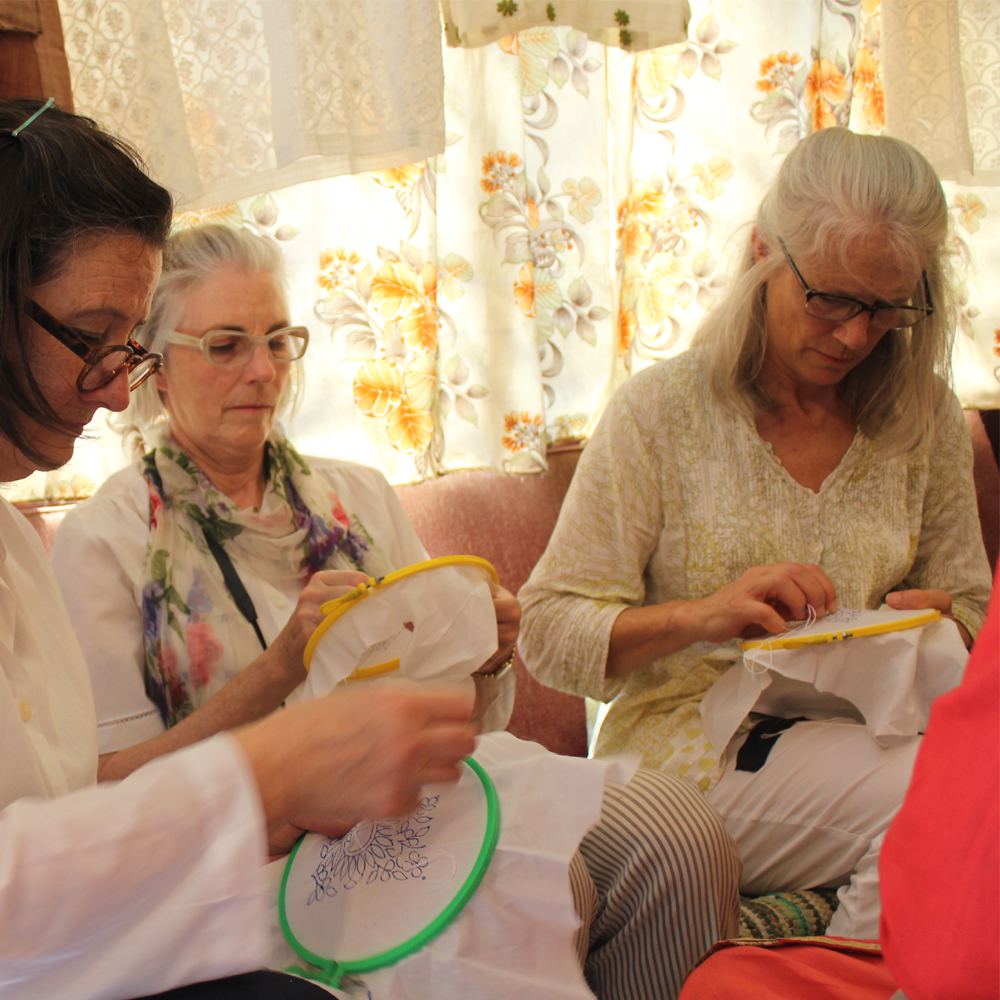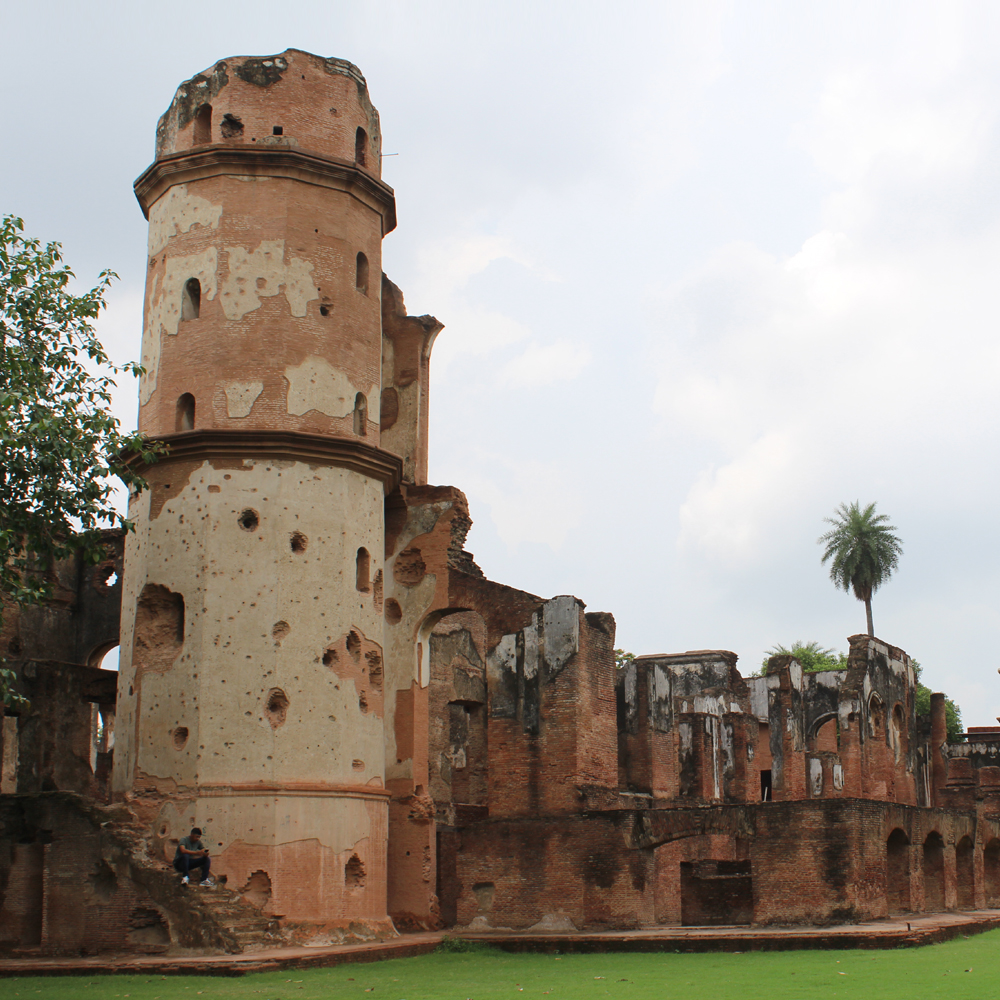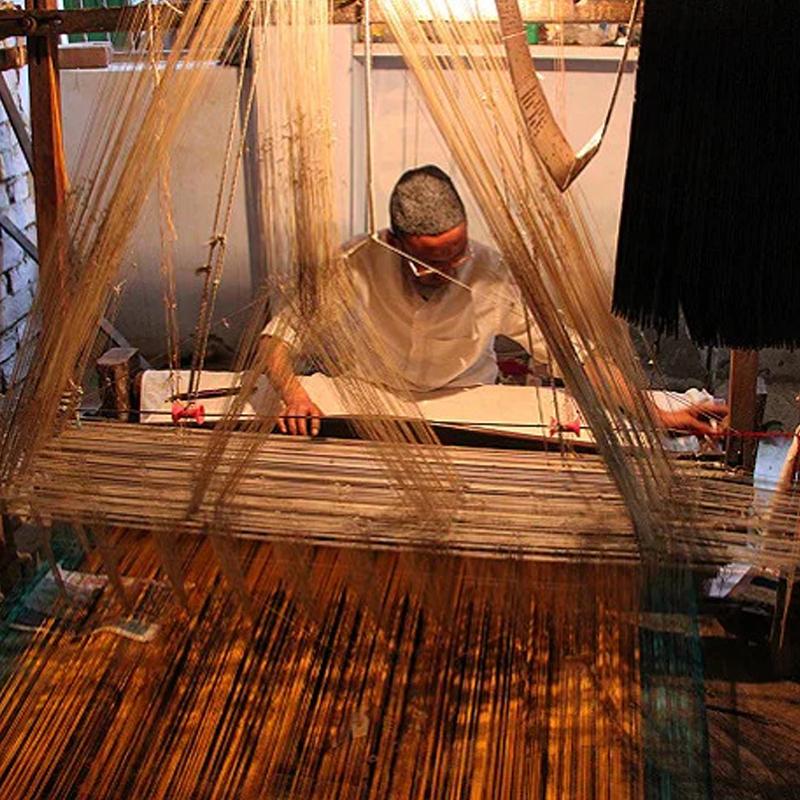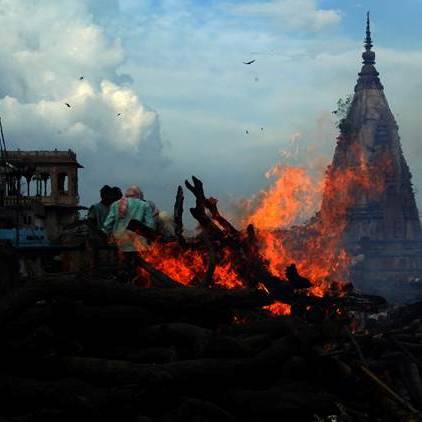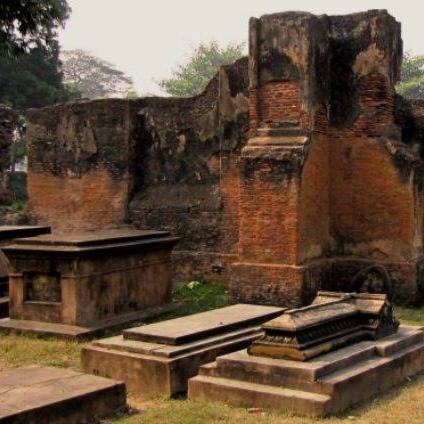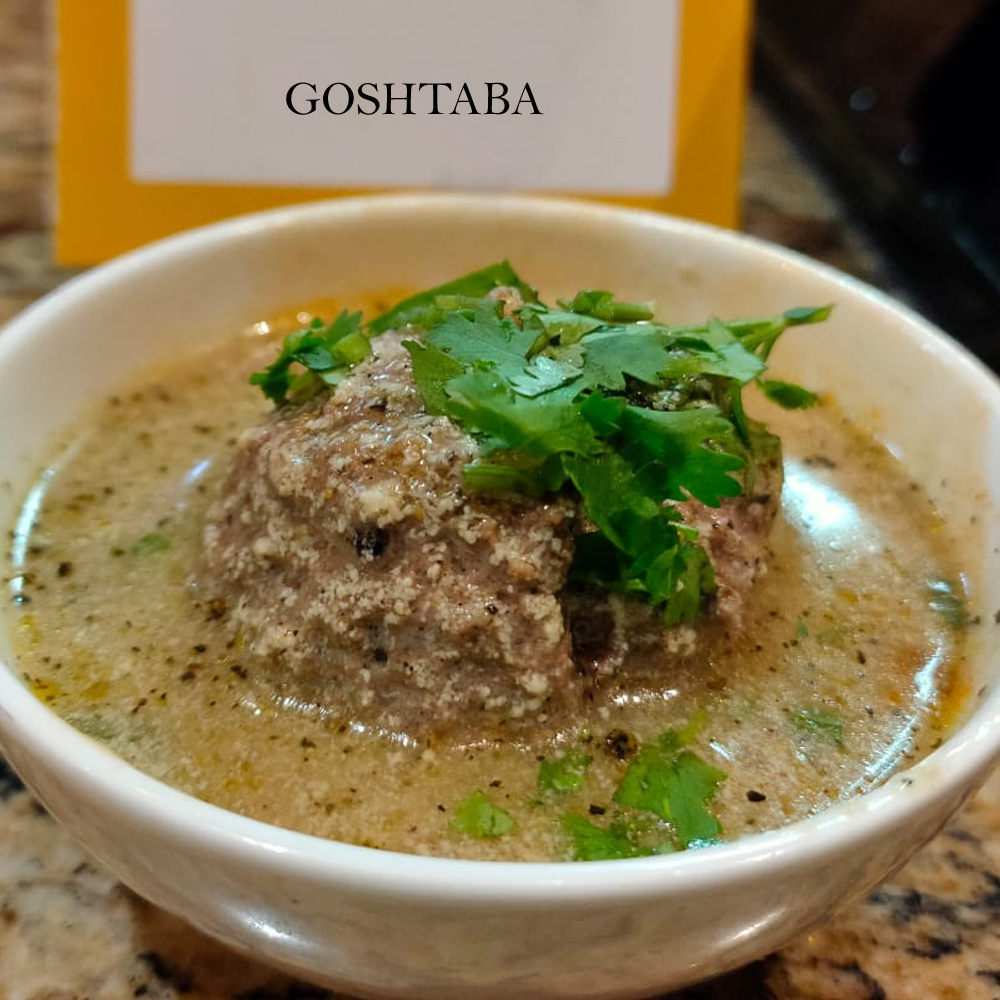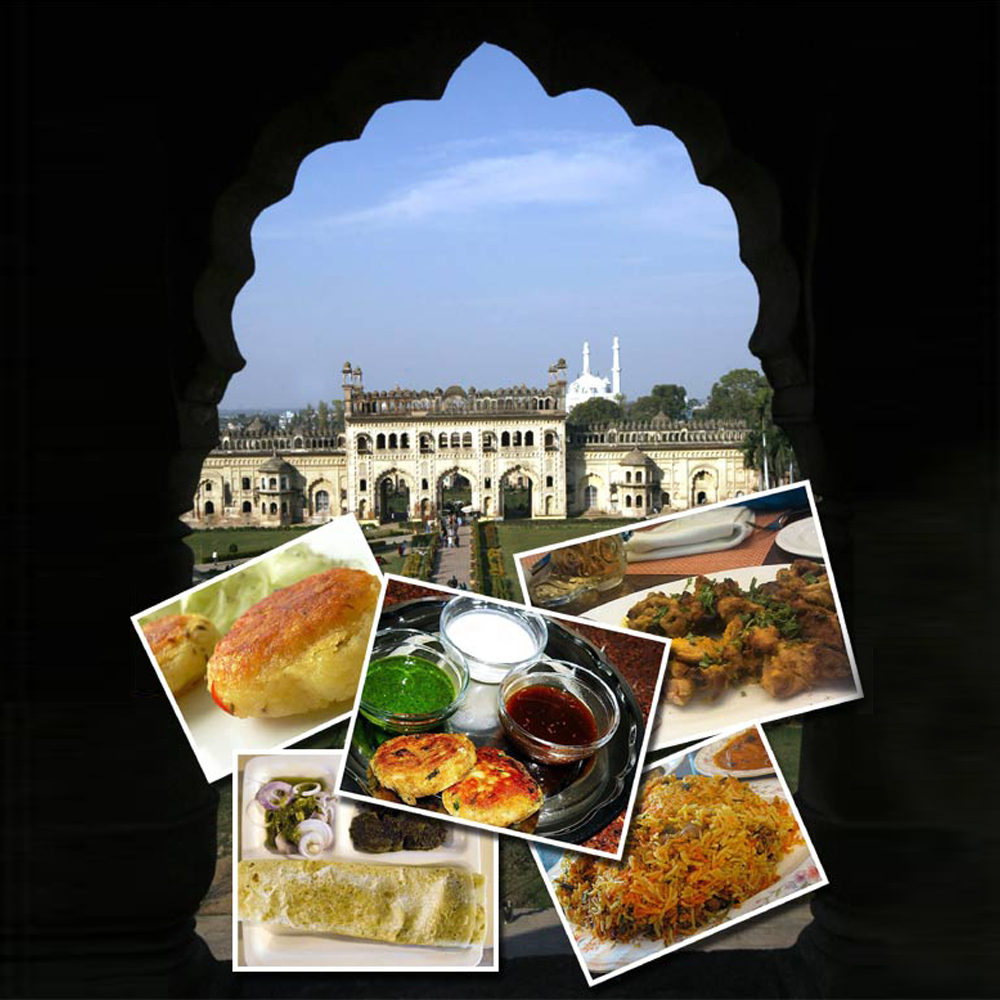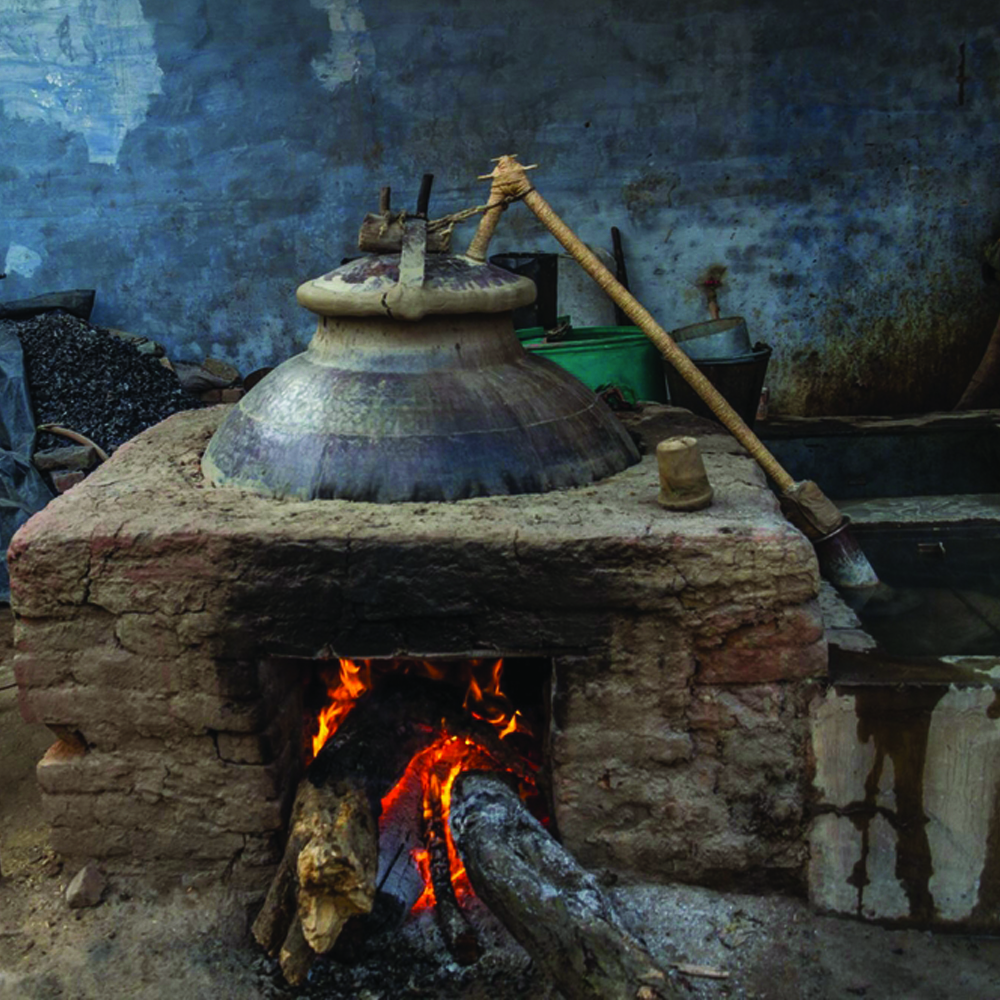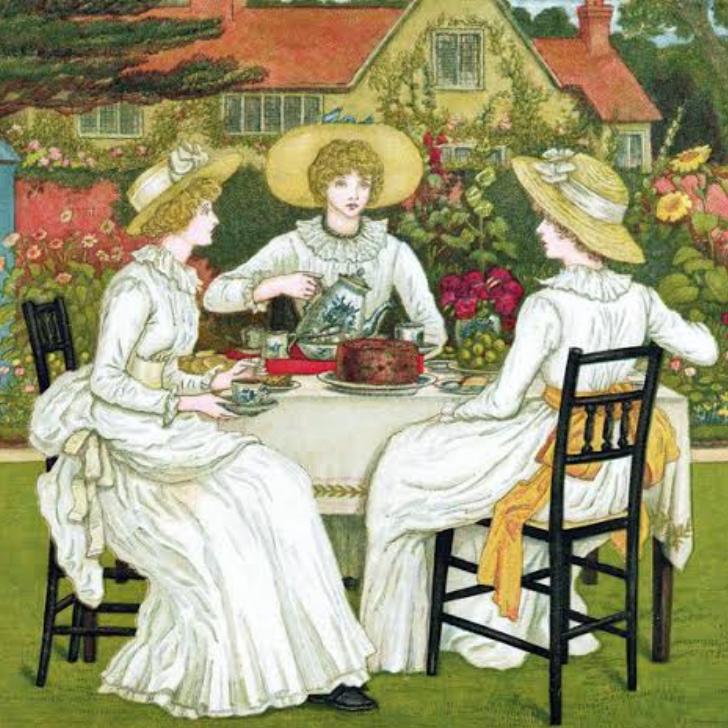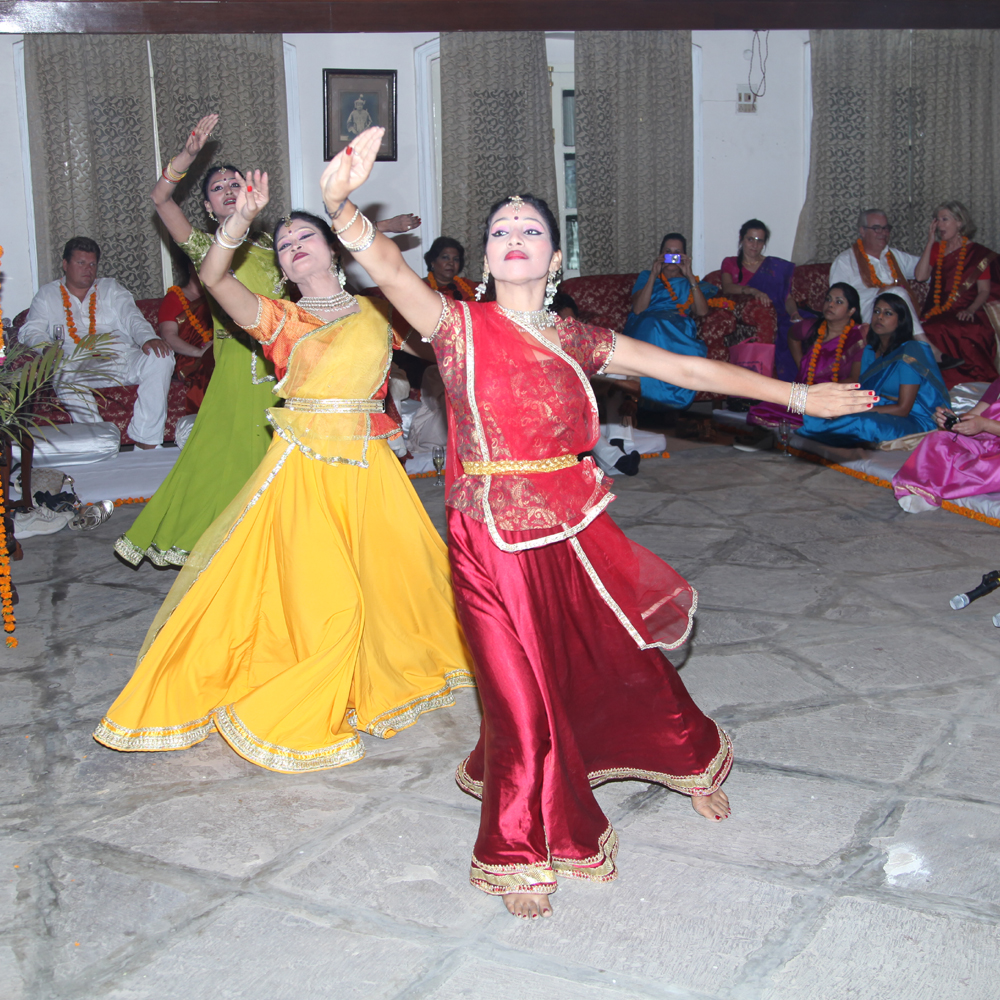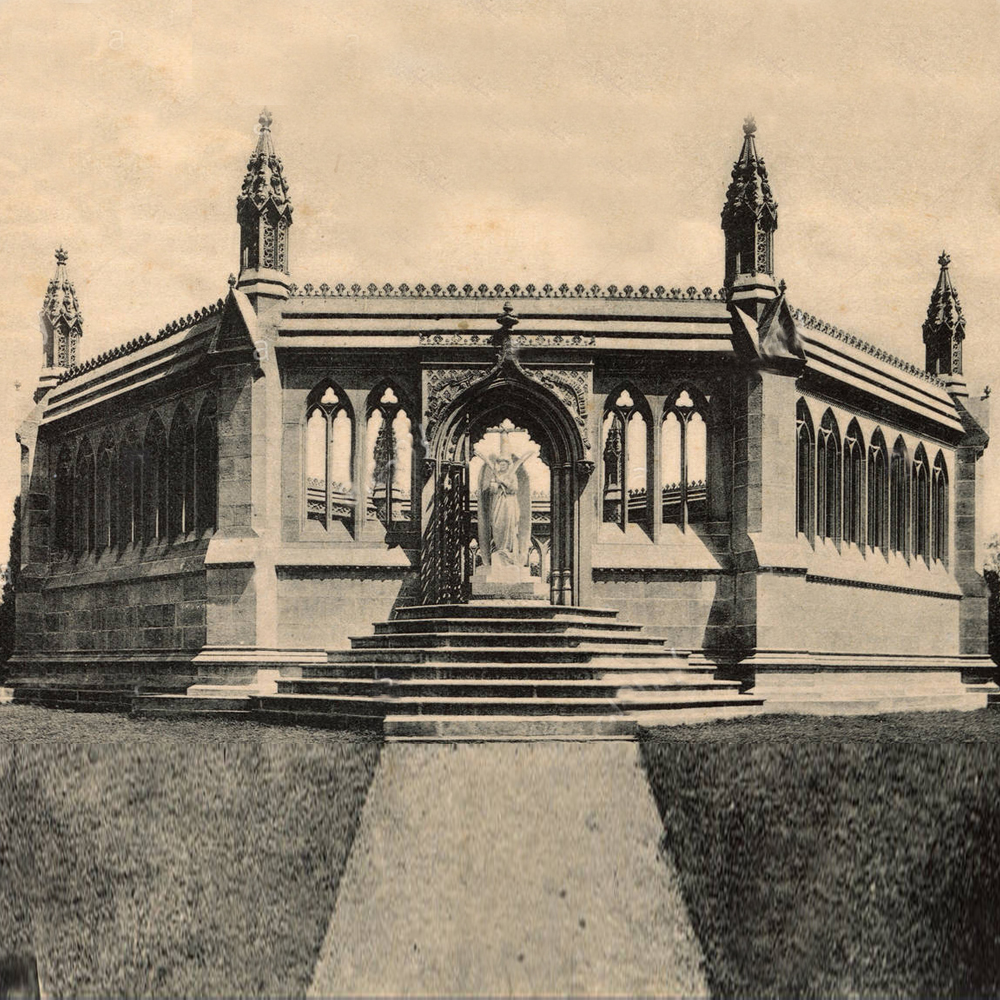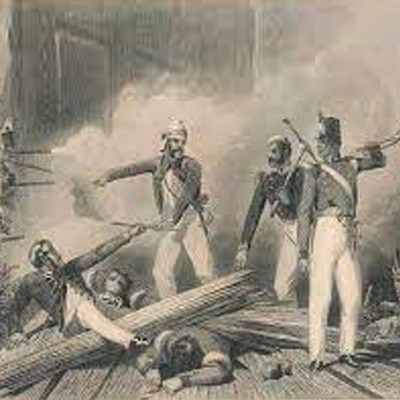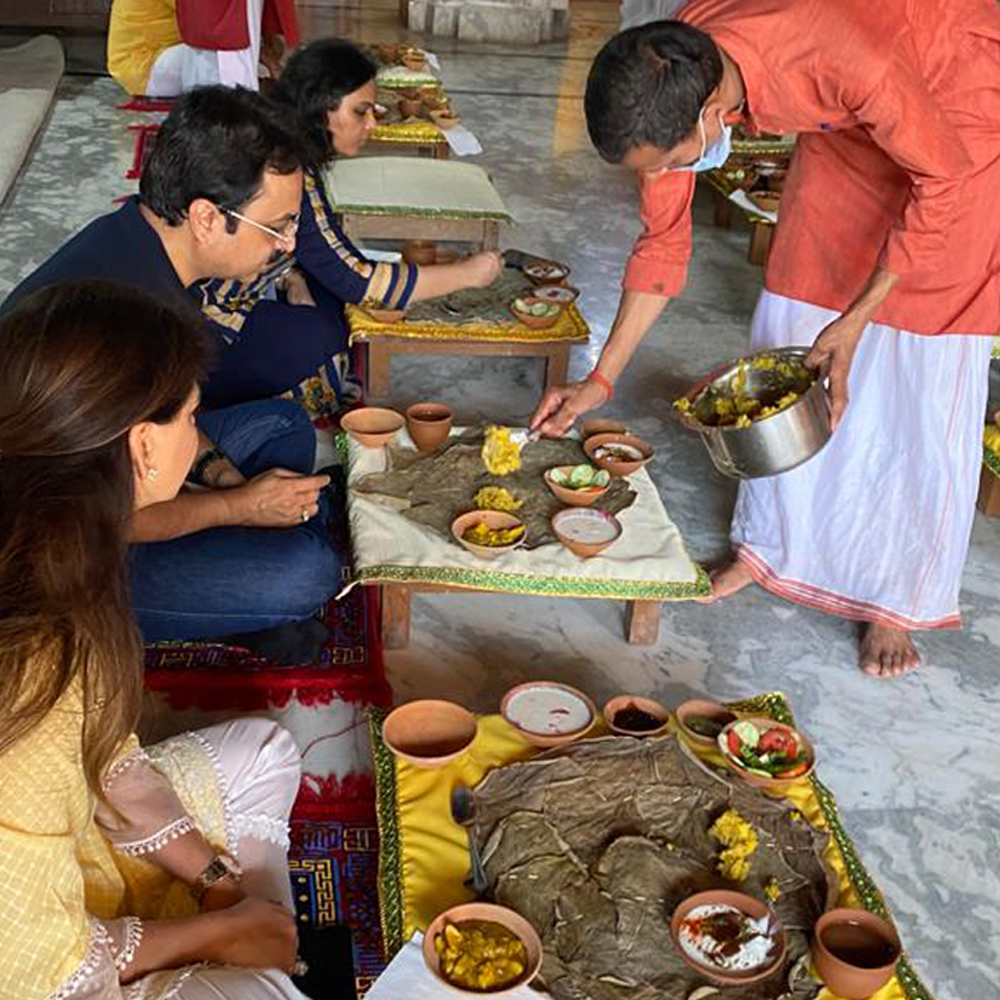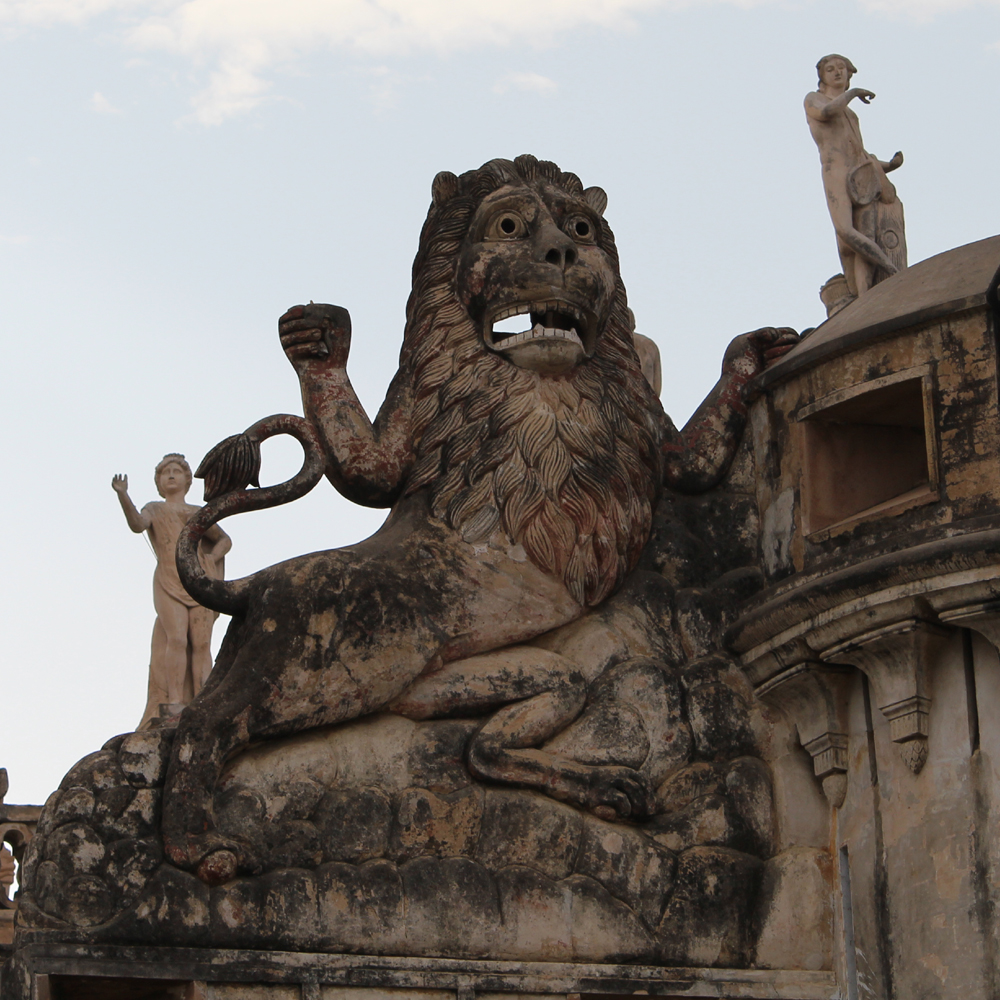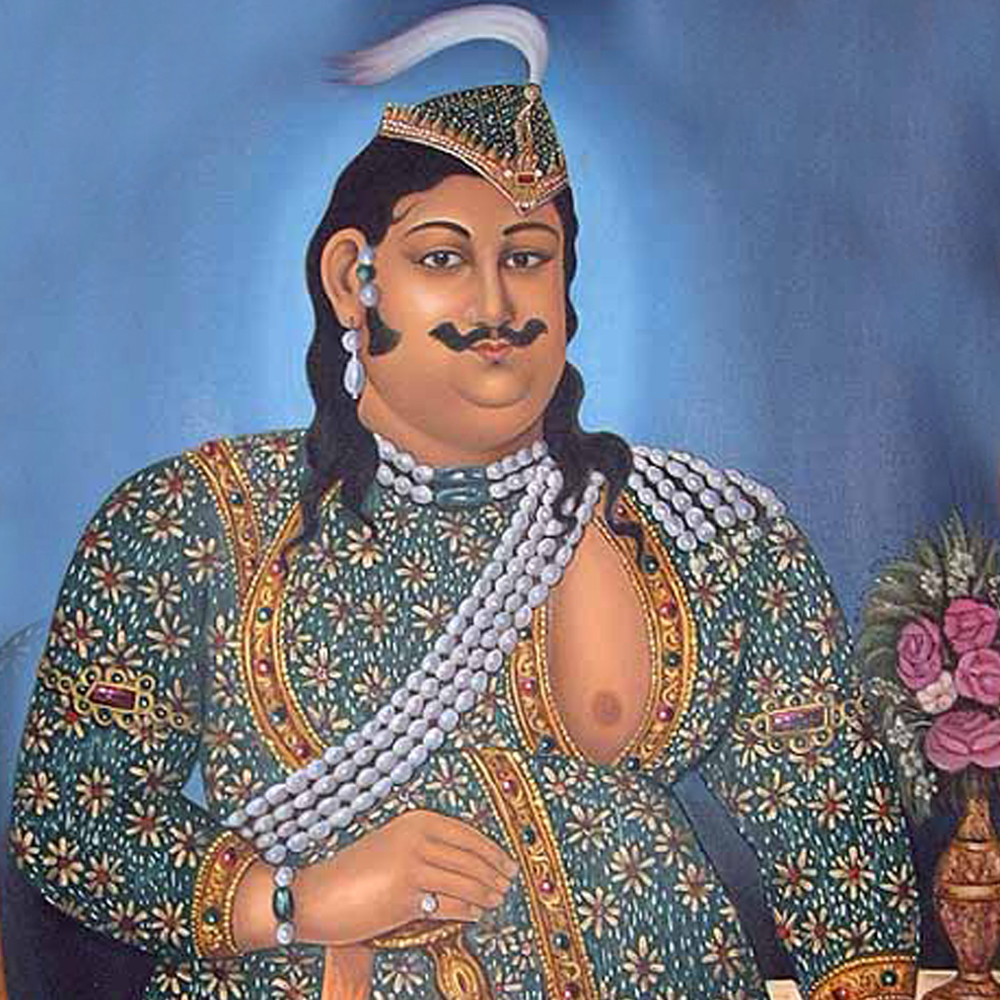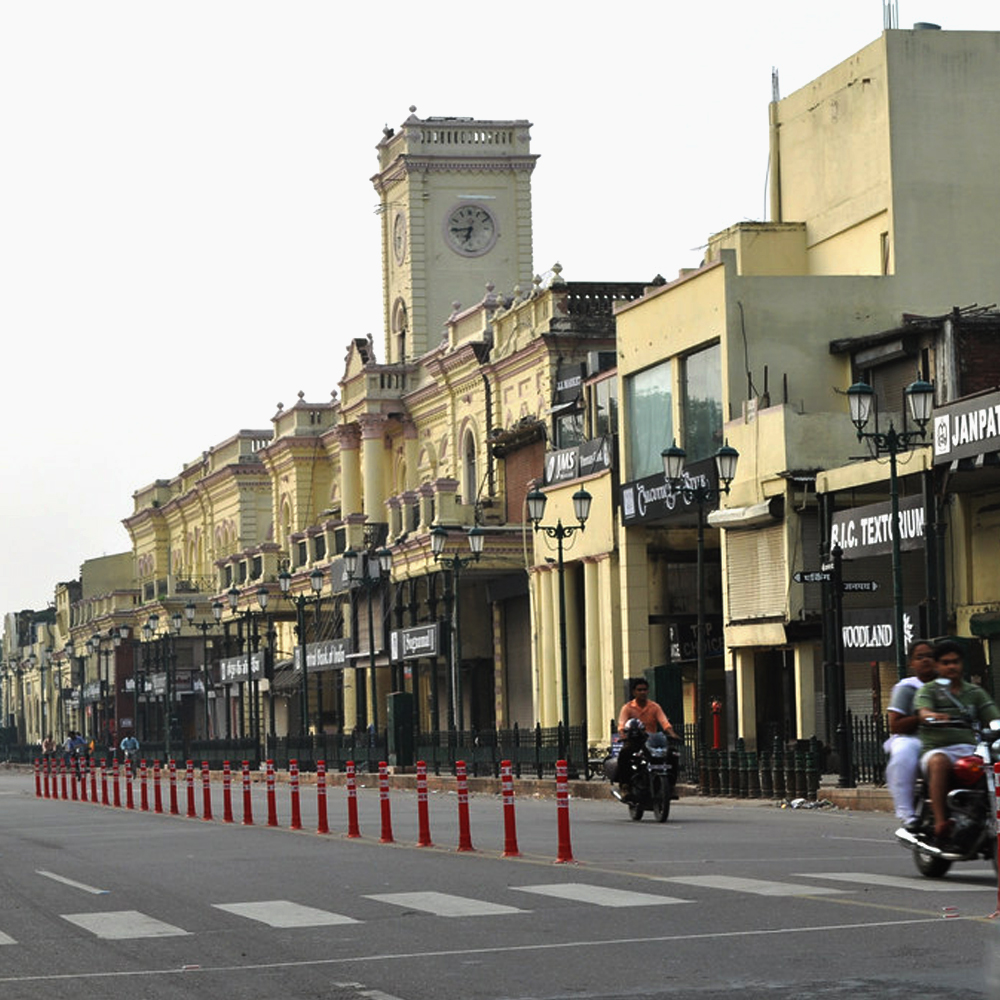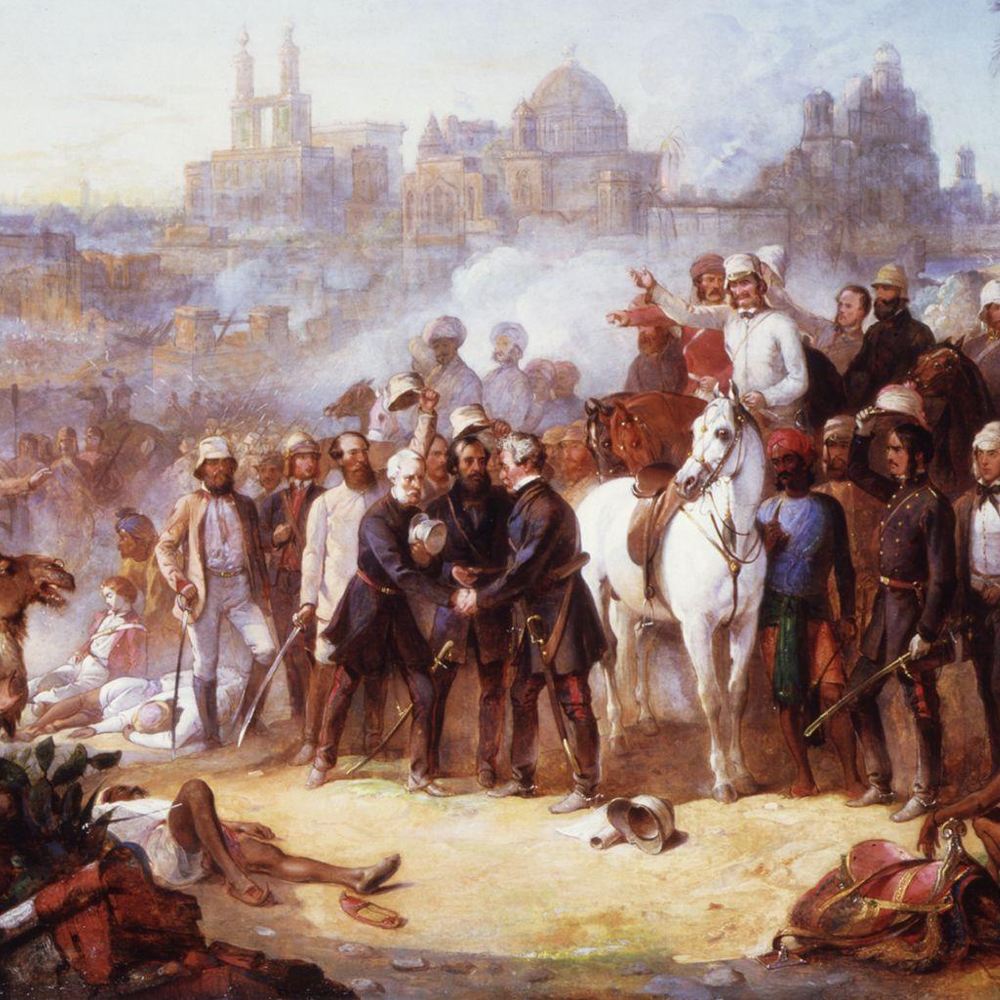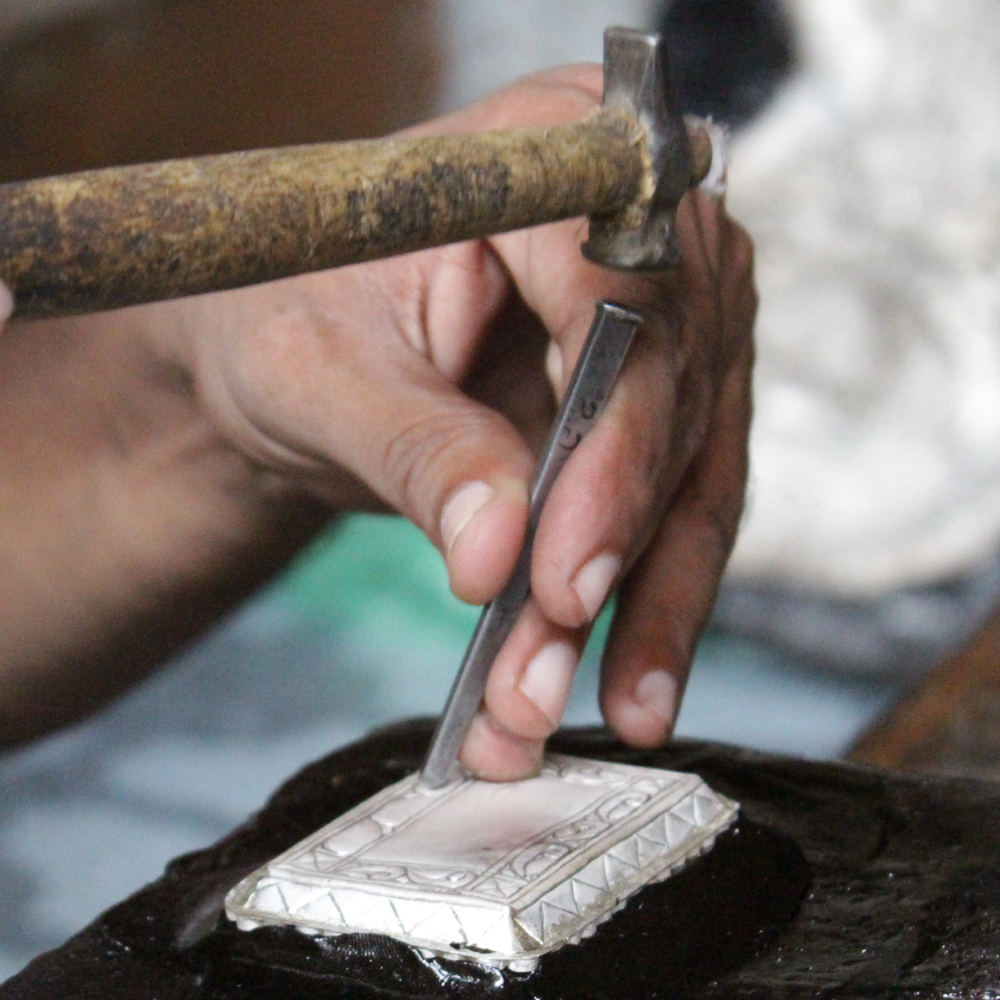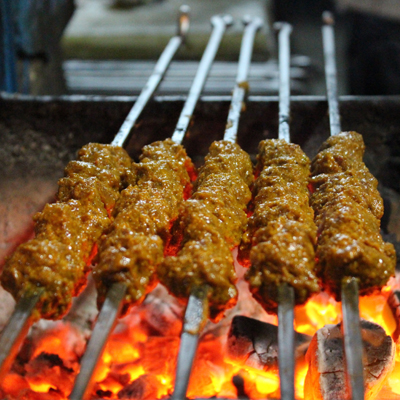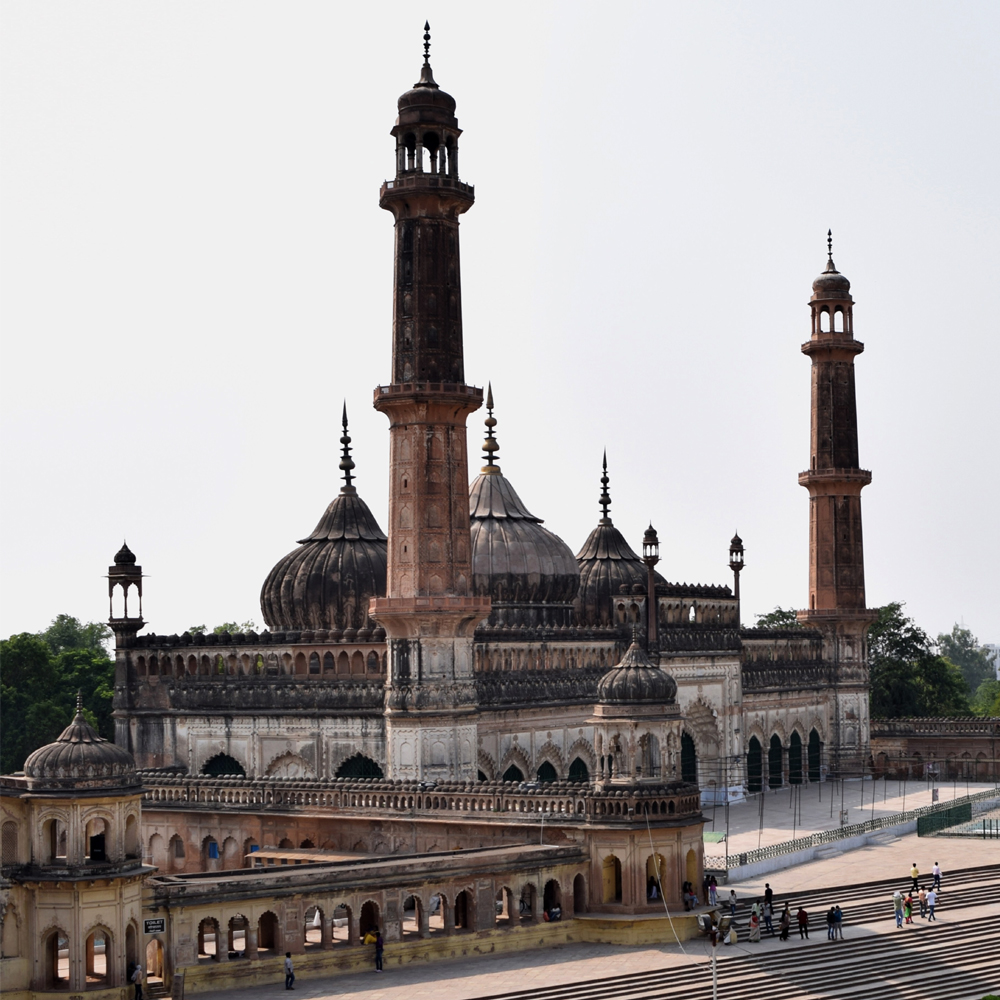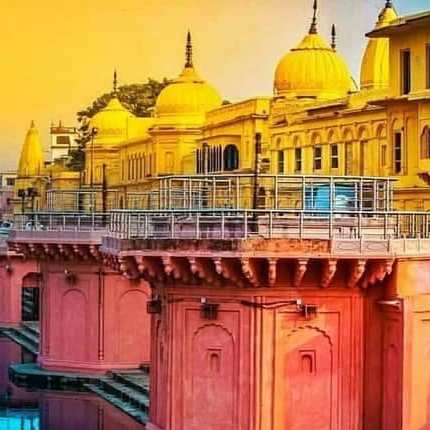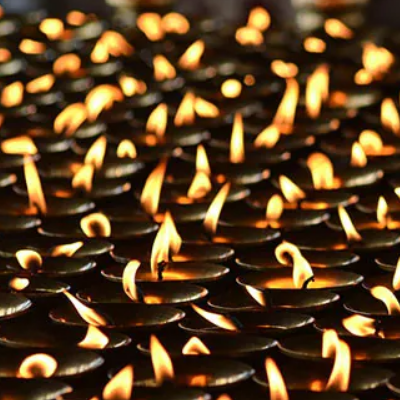Volume: 15, No: 07 ; July-2021
Call it the first war of independence or the mutiny of 1857 or even call it the uprising but one thing that is clear is that it was a social movement and percolated down to the general public as well.
Aziz-un-Nisa (popularly known as Azizan Bai; her performance name) was a courtesan based out of Cawnpore (now Kanpur) with a huge following for her art and even the artists that she nurtured under her.

Azizan Bai (Sketch)
Azizan Bai’s mother was herself a renowned courtesan hailing from Lucknow which then was at the peak of all things ‘art’, music and dance flourished here under the patronage of Nawabs apart from art and literature. She was born somewhere around 1832 and was orphaned at a very tender age. She was brought up at the Satrangi Mahal in Lucknow but then, why and when she left Lucknow for Cawnpore is not known, except that in Cawnpore she lived in Lurkee Mahal with one Umrao Begum.
A very popular fictional work, ‘Umrao Jan’ written by Mirza Mohd. Hadi Ruswa probably takes clues from Azizan Bai. This work was made into a film too by Muzaffar Ali and it had become a very popular film, highlighting Lucknow’s culture. At one place in the novel, he mentions that Umrao Jan moved to Cawnpore from Lucknow, where not only she enjoyed being her own master, the focused attention of all men there, but was paid much better than she was in Lucknow. Still she returned to Lucknow as she did not find the refinement in her patrons there and of course the language in Cawnpore was not as sweet as in Lucknow.
Her role in the uprising cannot be undermined as she was an informer who passed on very crucial information to the mutineers and without which it wouldn’t have been possible for the rebel forces to conduct operations and somewhat reach it to a conclusive end, where the Indian side battered the British in Cawnpore. (not being judgmental of what was right and what was wrong, this article aims only to highlight the role of Azizan Bai).
Many books on history of those times go silent on this woman hero of 1857 but nevertheless, British historians have mentioned about her in their accounts. Azizan also finds a detailed mention in the book by V.D. Savarkar, ‘Indian War of Independence 1857: The Eruption’ for her heroic role in 1857.
Cawnpore was largely a garrison town and not a part of Oudh. In fact, Cawnpore was the worst affected and the most brutal incidents of 1857 took place here. To the extent that many historians believe, if it were not the gruesome events of Cawnpore the changeover from the East India Company to the Raj wouldn’t have happened. Be it the Wheelers Entrenchment that became a fort of despair or for that matter the incident at the banks of the river Ganges, where three hundred British men and women were killed and finally the most gruesome of it all, the Bibighar massacre where innocent women and children were butchered.
Shams-ud-Din (also spelt as Shamsuddin; in some places he is referred as Shamsuddin Khan) was a rebel leader from the 2nd Cavalry and a close confidant of Nana Sahib, his love interest was Azizan Bai, who herself was a nationalist and wanted to get free from the British rule. She was a favourite nautch girl of those times among the Indian rebel forces and even the British, thus she had a great influence on them.
Azizan had a soft corner for Indian sepoys who she believed were not treated well by their British officers. In one instance, a British officer killed an Indian sepoy without any major fault of his, only to prove the British supremacy. In one of the visit to Azizan Bai’s entertainment studio, this British officer was bragging about this incident to his fellow officers when Azizan heard him. She was then so disturbed and to avenge this she conspired to kill this British officer with the help of her lover Shams-ud-Din. A few days later this plan was flawlessly executed, when one evening Azizan Bai enticed the British officer to meet her in a dark lane and the moment the officer reached, he was stabbed by Shams-ud-Din.
On 1st of June 1857 there was a boat meeting between Nana Sahib, his younger brother Bala Rao, Subedar Teeka Singh, Havaldar Major Gopal Singh and four others, including Shams-ud-Din at the Ganges. This meeting was with an aim to pledge togetherness in fight against the British forces in Cawnpore and plan the strategy. This was a secret meeting that only the attendees knew about. But the very next day of this secret meeting, Shams-ud-Din (sham-su-din) met Azizan and told her that in the next two days British will have to leave and India will be free – this was probably because he knew that Azizan Bai too yearned for freedom from the British. Though she was just a natuch girl but her charm and beauty was enough to inflate courage among the rebels and she quite often did that through her performances.
Nanak Chand, a British loyal has mentioned in his memoir about how beautiful Azizan Bai adorned a sepoy’s uniform, which further enhanced her beauty and standing at the sidewalk she offered water, milk and sweets to the tiered and injured rebel soldiers. The very sight of this beauty, infused fresh energy among the fatigued rebel forces.
Some also opine that Azizan Bai rode a horse in an army uniform decorated with medals and carried a gun in her hand, as a part of flag procession of Nana Sahib on 1st of July 1857, celebrating the early victory of Nana’s forces over the British. Though this victory of Nana Sahib was too early and later things changed quite a bit in the story of Cawnpore.
Azizan’s home had become a secret meeting place of the rebel leaders and it is also believed that she formed a group of women to cheer the rebel sepoys and help the wounded and the sick – this was a huge contribution from her end.
She also took care of arms and ammunitions and her battery was quite close to the Wheeler’s Entrenchment, targeting the inside portion of the entrenchment. In fact, one account also mentions that she fought like a soldier attacking the entrenchment from the front.
There is also an unconfirmed belief that she had a role in the massacre of Bibighar. Though it is not very clear how and what but it is also believed that Azizan was the actual woman behind this massacre of British women and children at the Bibighar and not Hussani as many accounts otherwise mention.
Aziz-un-Nisa or Azizan Bai’s role is surely an important one in the struggle of 1857 and like her, many courtesans did contribute immensely to support the rebellion. This proves that this rebellion had entered the social realms of the society and was not restricted to the rebelling sepoys, giving it the support from the general public of those times.
LUCKNOWLEDGE is an initiative by Tornos. We do not intend to intrude your privacy and thus have an automated UNSUBSCRIBE system. At any point you may unsubscribe to our e-column or subscribe to it again through a link on our website. The above article is shared and in no way intends to violate any copy right or intellectual rights that always remains with the writer/publisher. This e-column is a platform to share an article/event/update with the netizens and educate them about Destination Lucknow.






